With the rise of smart homes and improved living standards, bathrooms have evolved beyond mere hygiene spaces into multifunctional areas blending relaxation and aesthetics. In this trend, LED mirrors—combining illumination, decoration, and functionality—have become a core element in bathroom renovations.
However, consumers and designers often overlook a critical factor when selecting LED mirrors: the mounting method. Different installation approaches not only define the bathroom's overall style and space utilization efficiency but also directly impact safety and future maintenance convenience. So, which mounting method is most suitable for different bathroom renovation scenarios?
Current Market Status and Industry Outlook for LED Mirrors
According to industry research data, the global LED mirror market surpassed $7 billion in 2024 and is projected to maintain a compound annual growth rate exceeding 7% through 2030. Key drivers of this growth include:
Home Renovation Boom: Younger households seek more modern, innovative bathroom experiences.
Energy Efficiency and Environmental Sustainability: LED lighting offers energy savings and extended lifespan, aligning with sustainable consumption trends.
Aesthetic and Functional Integration: Mirrors featuring built-in lighting, anti-fog capabilities, touch controls, and Bluetooth speakers are increasingly popular.
Intensifying Brand Competition: The market exhibits a diverse competitive landscape, ranging from international giants to emerging brands.
Against this backdrop, the differentiation of installation methods is becoming a key consideration for consumers.
Detailed Explanation of LED Mirror Mounting Methods
1. Wall-Mounted: A Classic Choice for Simplicity and Practicality
Features: The mirror is directly secured to the wall using bolts or brackets.
Advantages: Simple installation and strong adaptability, suitable for most home bathrooms.
Disadvantages: Requires specific wall load-bearing capacity; wiring and waterproofing must be carefully managed.
Suitable For: Consumers with limited budgets or needing quick renovations.
2. Flush-Mounted: Minimalist Aesthetics and Premium Experience
Features: Mirror embedded flush with tile or marble walls.
Advantages: Strong sense of unity, maximised space utilisation, sleek and sophisticated visual impact.
Drawbacks: Complex installation requires planning and is associated with higher costs.
Suitable for: New home renovations or homeowners seeking premium custom finishes.
3. Floating: The Design Darling for Ambience
Features: A gap separates the mirror from the wall, often paired with backlighting to create a floating illusion.
Advantages: Ultra-modern aesthetic with outstanding ambient lighting effects.
Drawbacks: High structural installation difficulty requiring both electrical and waterproofing expertise.
Suitable for: Design-conscious consumers seeking to create a luxurious bathroom ambience.
4. Framed: The Versatile All-Rounder
Features: Metal, wood, or aluminium alloy frames encase the mirror with integrated LED light strips.
Advantages: Flexible styling complements a diverse range of bathroom aesthetics; frames enhance structural stability.
Drawbacks: Requires moisture and rust prevention; substantial designs may compromise spatial perception.
Ideal for: Those who enjoy diverse styles or seek a balance between functionality and decoration.
5. Customized Combinations: High-End Solutions for Personalisation and Functionality
Features: Combines recessed, floating, and framed designs, sometimes integrating innovative control systems.
Advantages: Highly personalized to meet diverse functional needs.
Disadvantages: Higher cost and longer construction time.
Ideal for: Users in villas, large apartments, or high-end residences.
Mounting Methods and LED Mirror Design Considerations (Technical and User Experience Edition)
When selecting mounting methods, the following critical factors must also be considered. They are closely intertwined with mounting approaches and significantly impact both product lifespan and user satisfaction.
Waterproofing / Moisture Resistance
Bathrooms feature high humidity, making the lighting components and power supply of LED mirrors particularly susceptible to moisture damage. Regardless of the mounting method, it is essential to use LED strips or modules with appropriate IP ratings, along with waterproof sealed power supplies and cables.
Light Uniformity and Glare-Free Design
Especially for mirrors positioned over makeup or shaving task areas, front or edge lighting must provide soft and even illumination. Backlighting or contour lighting can reduce shadows, but gaps, diffusion panels, or light strip arrangements must be carefully controlled to prevent dark corners or spotty light patterns.
Heat Dissipation and Material Stability
Mounting methods like recessed or suspended installations offer limited rear space, making robust heat dissipation structures essential. Frame materials (e.g., metal, aluminium alloy, or treated wood) must resist moisture, rust, and warping.
Maintenance and Replacement Ease
Recessed installations may conceal hardware, requiring wall demolition for repairs; wall-mounted or frame-integrated designs offer easier maintenance. When purchasing LED mirrors, verify if the brand provides spare parts (light strips, power supplies, controllers) and after-sales service.
Power Supply and Wiring Planning
Different mounting methods have distinct power placement requirements. For example, suspended mirrors with backlighting require power sources concealed behind the mirror or within the wall. Recessed installations facilitate hidden wiring planning but necessitate pre-installation preparation. If wall structures undergo significant alterations during renovations, collaborate with an electrician.
Style Consistency and Aesthetic Integration
Mounting methods also influence overall design aesthetics. Recessed installations and backlighting create a minimalist, modern look, while framed lights and edge-lit strips evoke either industrial or luxurious aesthetics; floating installations, on the other hand, make more substantial visual depth. Harmonising mounting methods with bathroom tiles, fixtures, and mirror shapes is crucial.

Brand Spotlight: Wellfor's LED Mirror Mounting Solutions
As an industry-leading brand, Wellfor offers distinct advantages in LED mirror design and installation, providing valuable reference for homeowners and designers.
Product Line Covers Multiple Installation Methods: Wellfor offers wall-mounted, framed, and backlit LED mirrors, with select custom models supporting recessed or floating installations.
High Protection and Functional Standards: Wellfor LED mirrors typically feature IP-rated waterproofing, anti-fog mirror surfaces, and reliable LED strips/bars with extended lifespans.
Customisation and Renovation Integration Services: For high-end bathrooms or complex structural renovations, Wellfor supports custom dimensions and shapes while assisting with mounting methods, wiring planning, and power source concealment. This minimises future maintenance costs and installation complexity for recessed or floating installations.
User Experience and After-Sales Support: Wellfor prioritises product ease of installation and serviceability. Even for framed or floating installations, designs incorporate removable structures or provide support for accessories and replacement parts. Online customer service and sales consultants assist clients in determining the most suitable mounting method for their specific bathroom layout.
Case Comparison: Fixture Selection in Actual Bathroom Renovations
Below are two real renovation cases demonstrating the effectiveness and challenges of different mounting methods in practical applications.
Case A: Master Bath Upgrade in a Small Apartment
Scenario: Approximately 4 square meters in size, with concrete panel walls behind the sink. Moderate budget, aiming to enhance lighting and aesthetics.
Solution: Wall-mounted framed LED mirror + edge lighting strips.
Results:
Costs remained within acceptable limits with a short construction time.
Frame edge lighting created soft "contour lighting," enhancing facial definition during makeup application;
Robust wall material ensured excellent stability for wall-mounted installation.
The sole challenge involved drilling and moderate wiring to conceal light strips and power cables, requiring meticulous waterproofing and sealing.
Case B: Luxury Master Bath + Steam Room Renovation
Scene: Approx. 12 sqm space featuring a steam shower area and bathtub, with walls combining tile and stone finishes in a modern luxury style. Generous budget prioritizing both design aesthetics and functional performance.
Solution: Recessed LED mirror + backlighting + floating visual effect + frame detailing.
Results:
Mirror flush with wall surface for exceptionally clean aesthetics;
Backlight strip concealed behind mirror creates natural halo effect, providing soft ambient lighting at night;
Floating void enhances mirror's levitation effect, while frameless design emphasizes modernity;
High installation complexity: Demands precise wall preparation, power wiring, and waterproofing; future repairs may require dismantling embedded components or accessing concealed spaces;
End-user feedback is exceptionally positive, with significant enhancements to overall decor quality and spatial experience.
Recommendations & Selection Checklist
Before selecting an LED mirror and determining mounting methods, consult this practical checklist to swiftly identify suitable solutions:
1. Measure Space Dimensions and Wall Structure
Wall thickness and load-bearing capacity;
Maximum mirror dimensions (width, height, depth), ensuring sufficient space for embedding or hanging.
2. Environmental Humidity and Waterproofing Requirements
Exposure to steam or direct water contact;
Whether LED strips and power supplies meet IP65 or higher protection ratings;
Whether anti-fog functionality is essential.
3. Light Source Type and Color Temperature/Color Rendering
Color temperature must match usage scenarios (cool white or neutral white recommended for makeup/shaving; warmer tones suitable for nighttime or ambient lighting);
Color Rendering Index (CRI) must be at least Ra80–90;
Dimming and color-changing capabilities may be necessary.
4. Installation Method and Maintenance Accessibility
Willingness to modify walls or structural elements;
Wiring/power concealment and route planning;
Replaceable light strips, removable mirror frames, and interchangeable accessories.
5. Budget and Brand Support
Consider not only mirror/light costs but also installation, sealing, waterproofing, and electrician fees;
What mounting options and after-sales support does a brand like Wellfor offer? Are ready-to-install products available? Do they provide customization services?
Conclusion
While mounting methods for LED mirrors may seem like a minor detail, their significance in bathroom renovations—impacting aesthetics, safety, user experience, and long-term maintenance costs—cannot be underestimated. Wall-mounted, recessed, floating, framed, or hybrid installations each serve distinct purposes. From compact apartments to luxury master bathrooms, from budget-conscious quick renovations to design-focused model homes, every mounting approach has its optimal application.
Brands like Wellfor play a vital role in this process: not only do they offer LED mirror products with diverse mounting options and design styles, but they also strengthen customization, installation guidance, and after-sales support. This helps designers and homeowners reduce uncertainties in product selection and construction, achieving a win-win for both aesthetic results and durability.
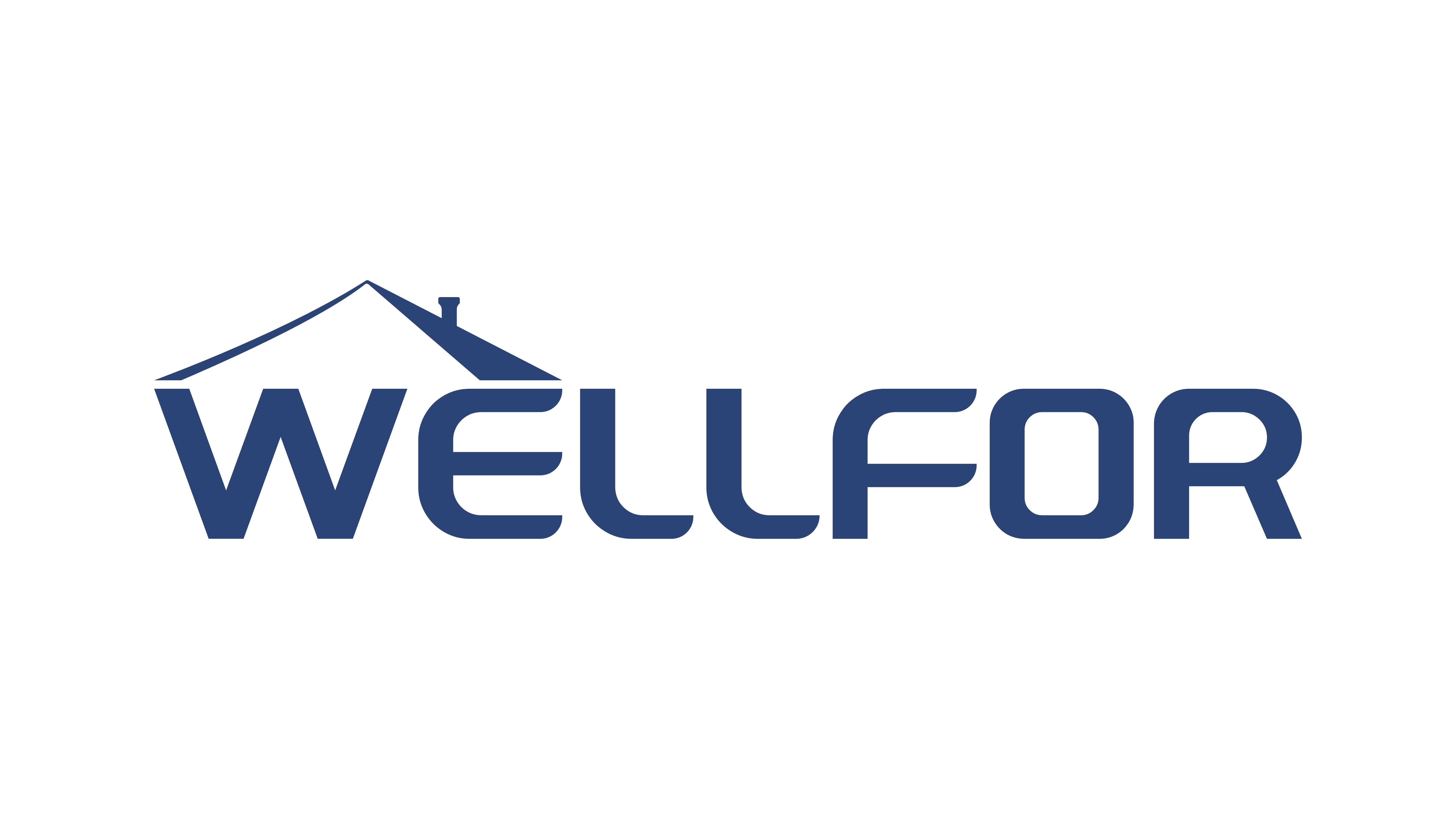
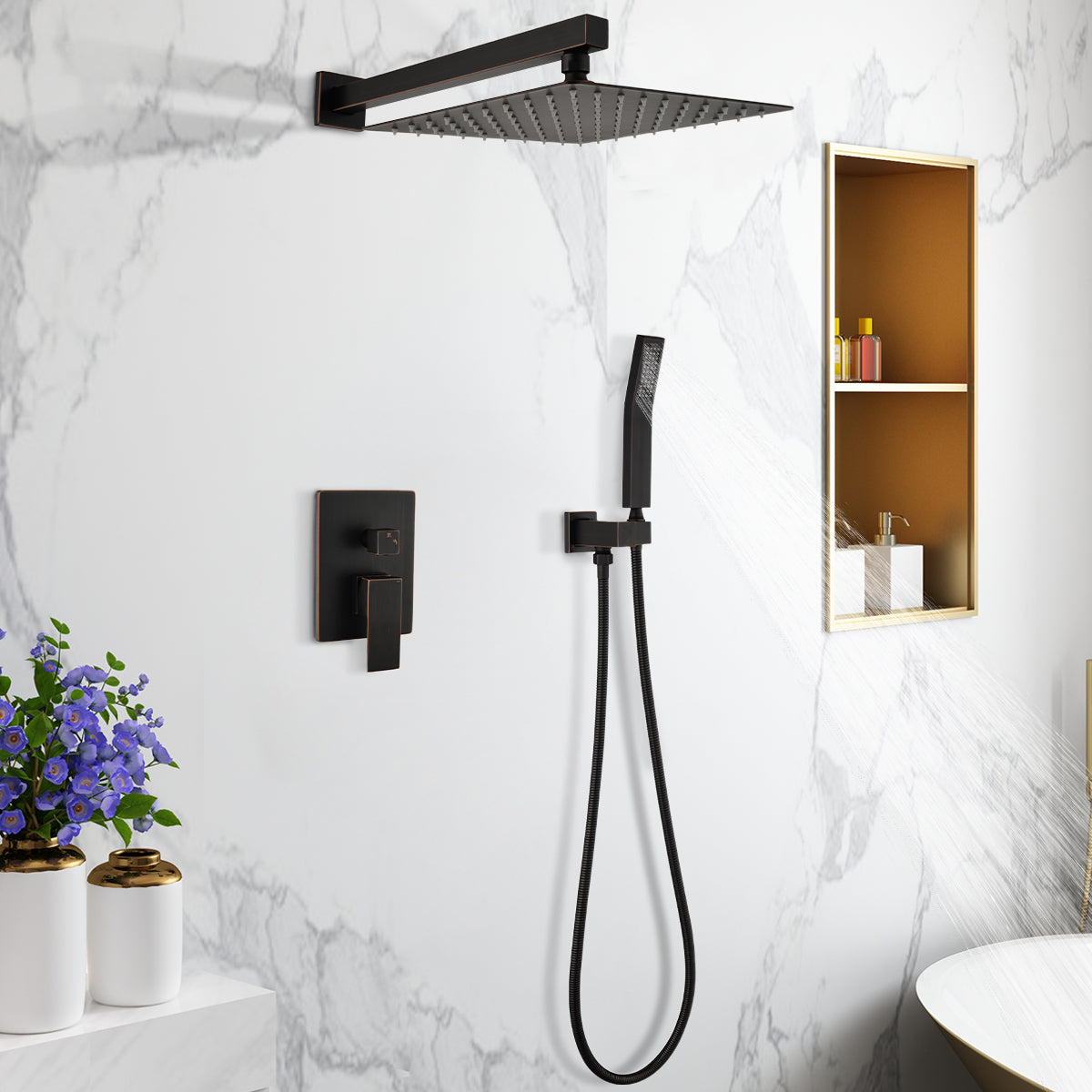
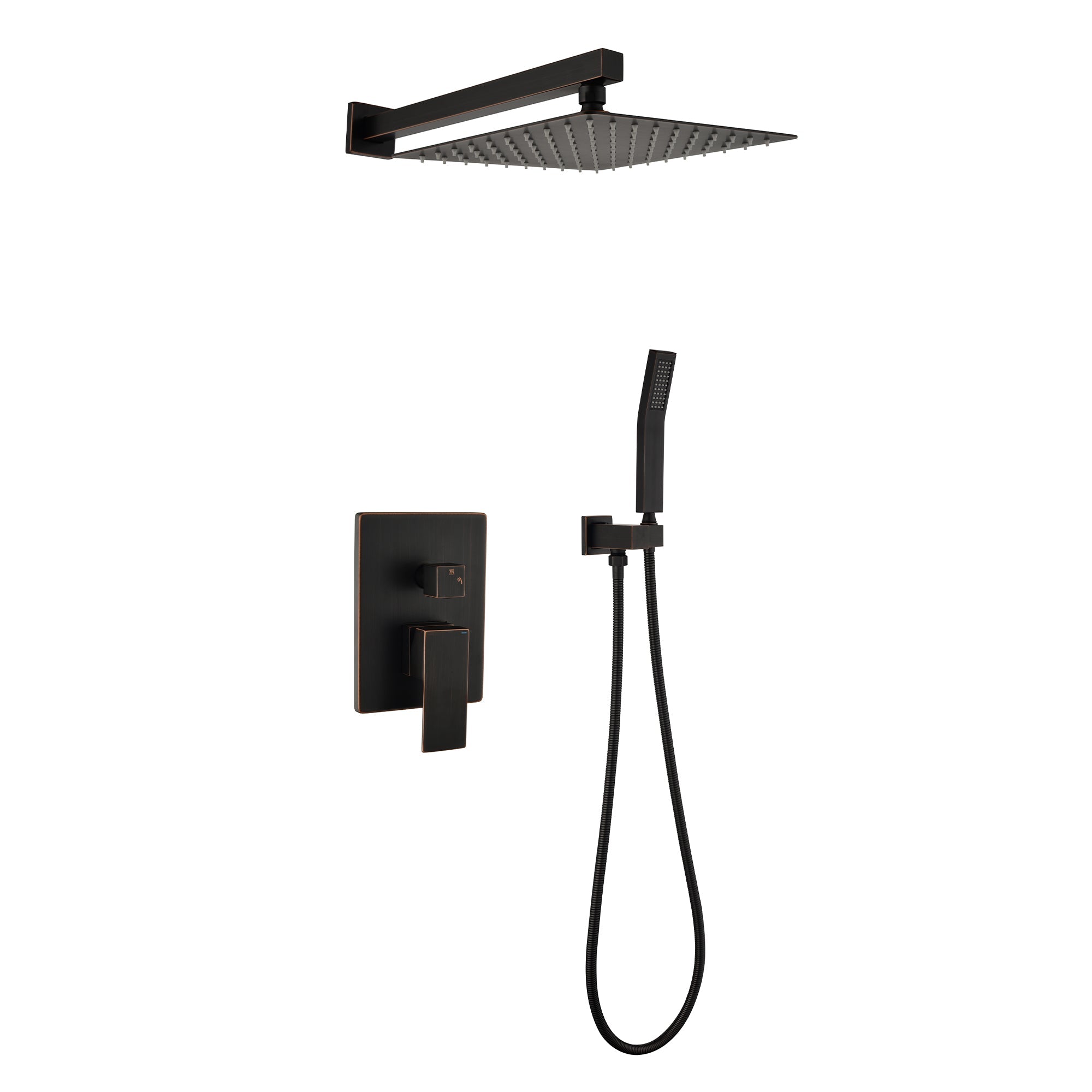


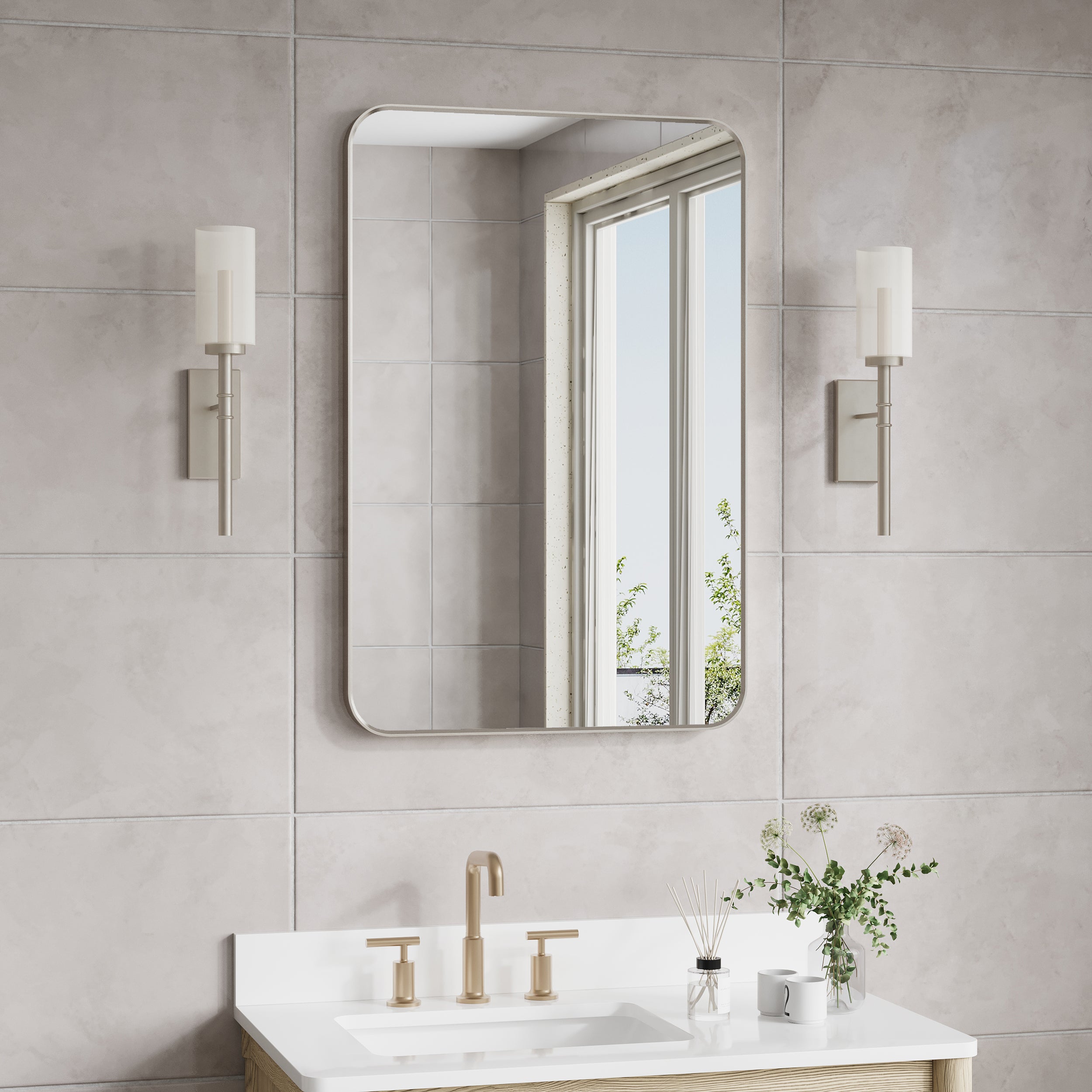
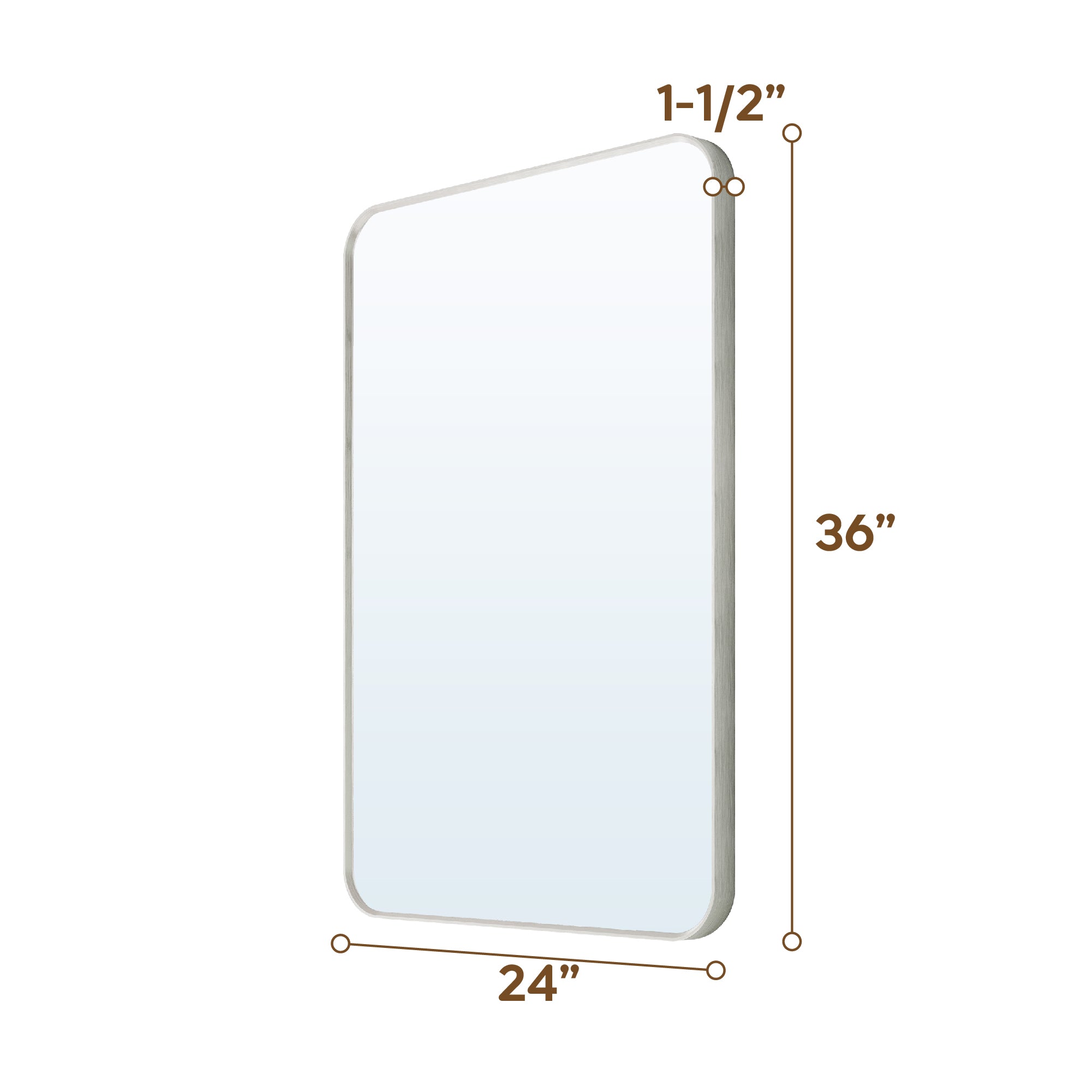

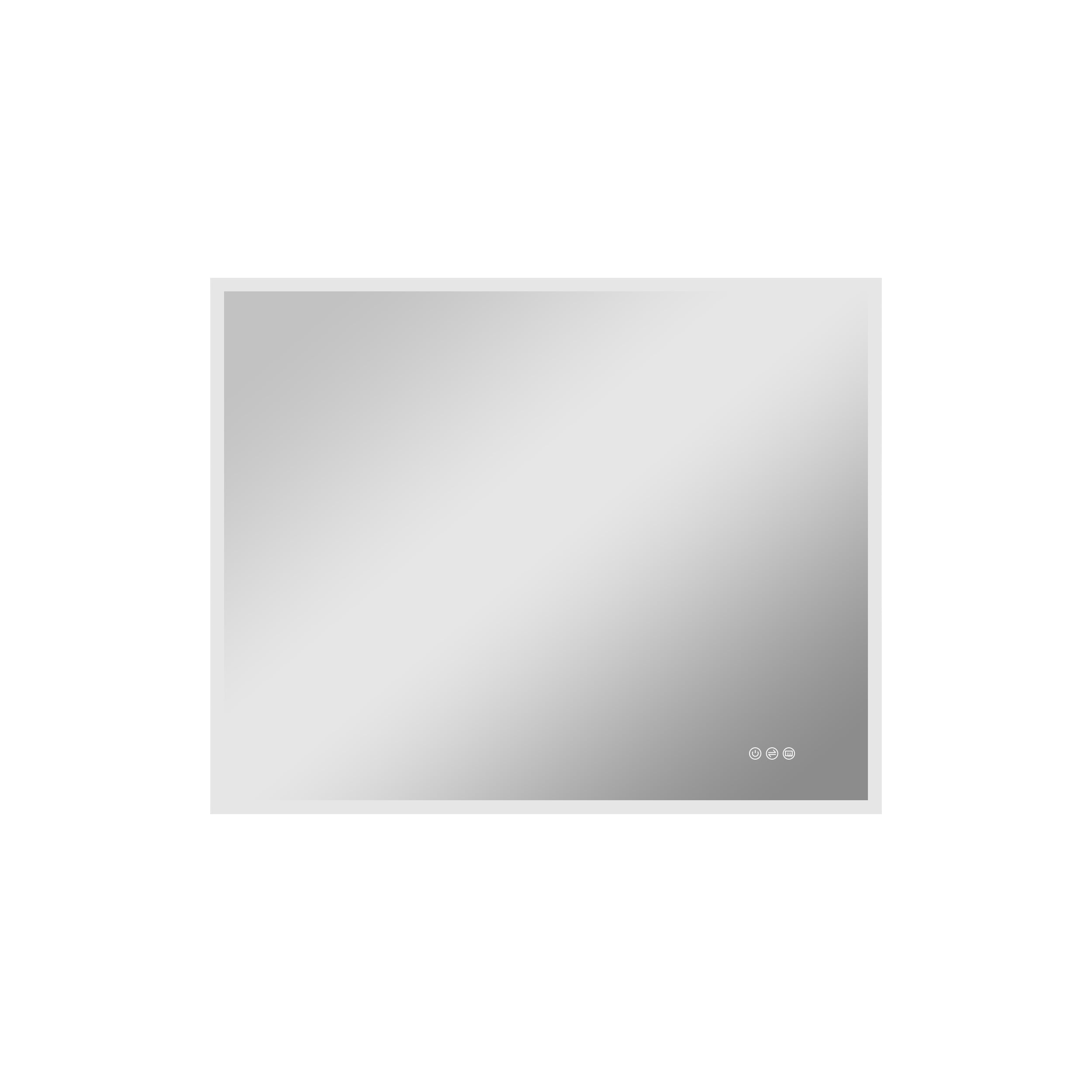
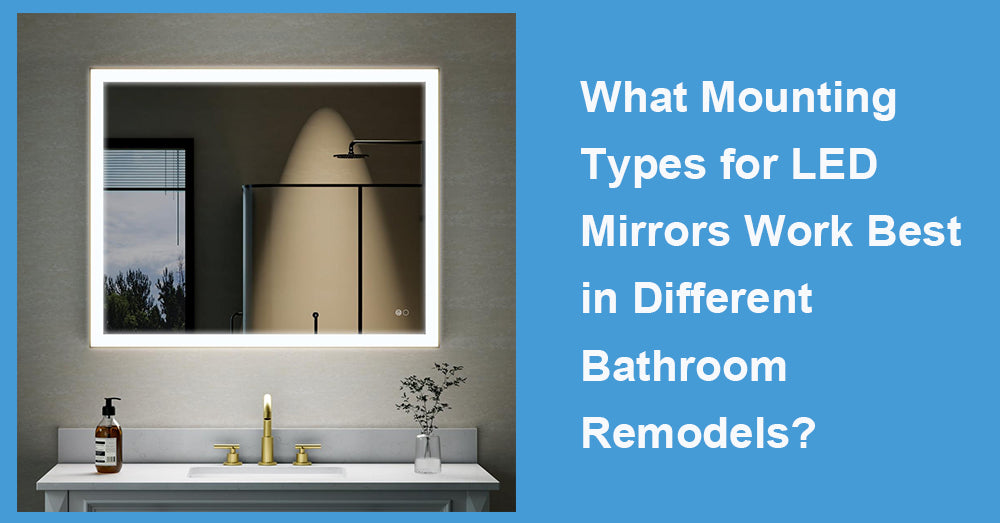
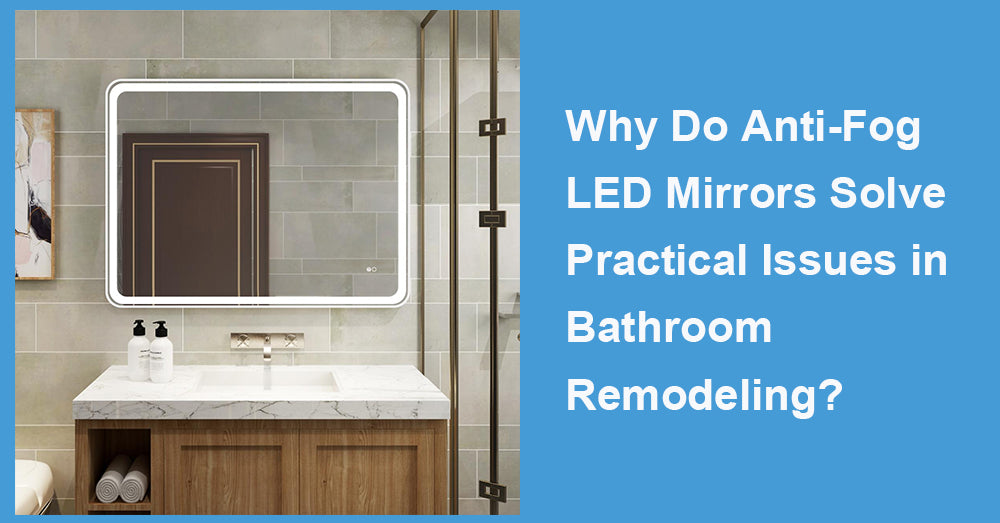
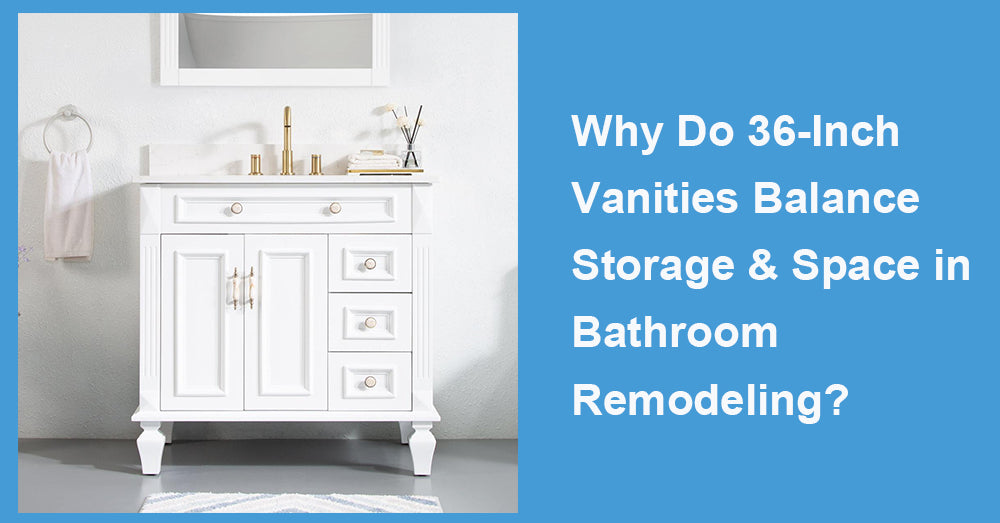
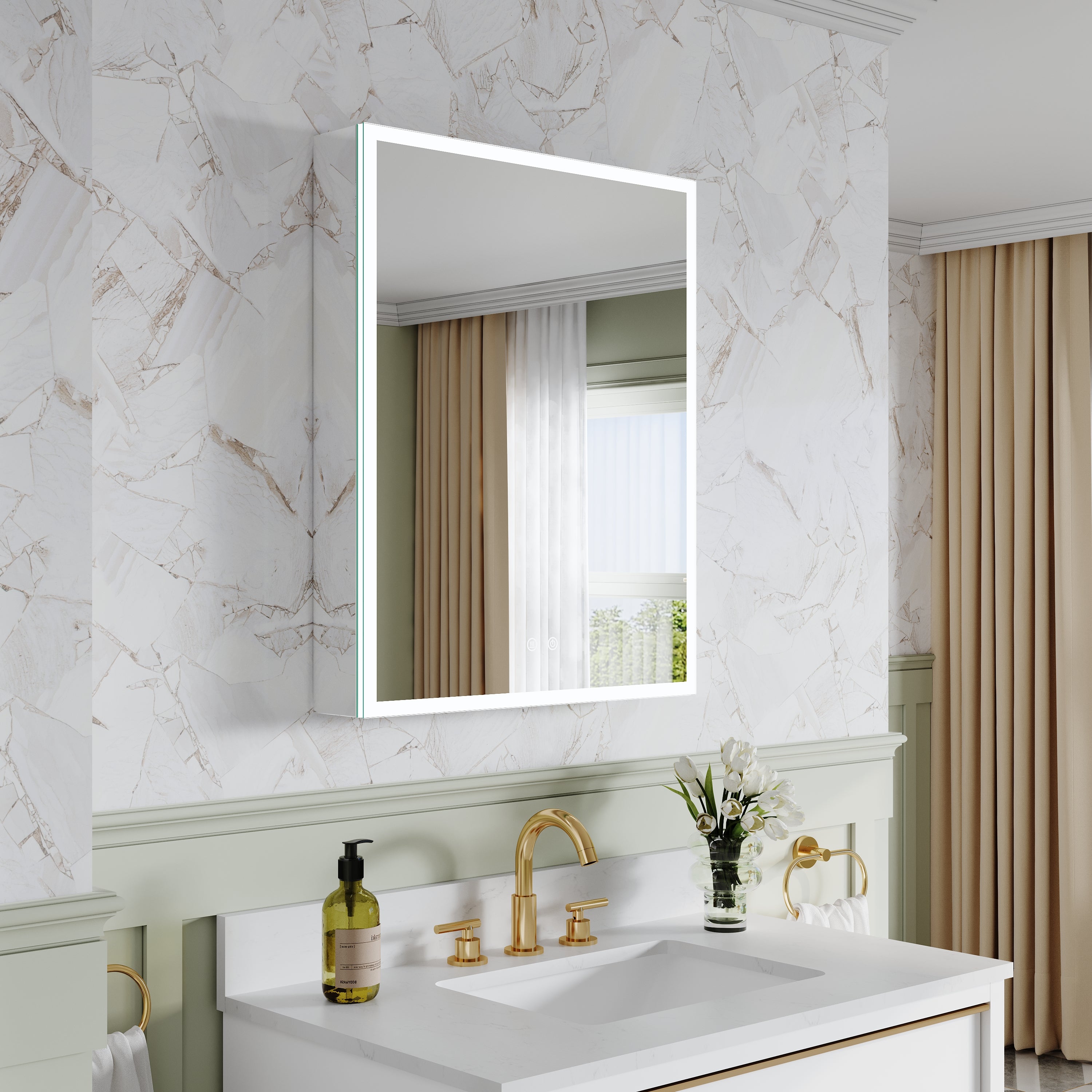
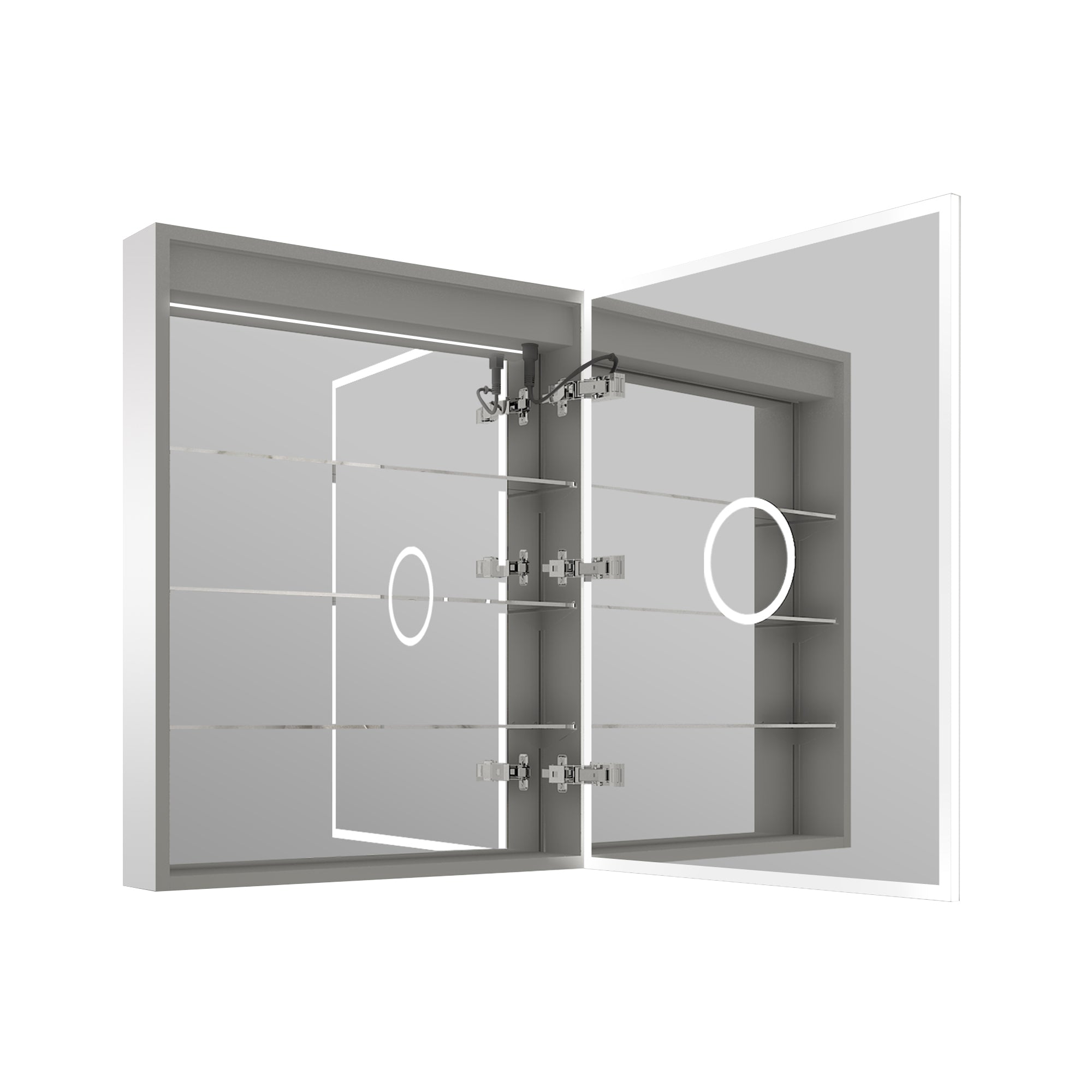
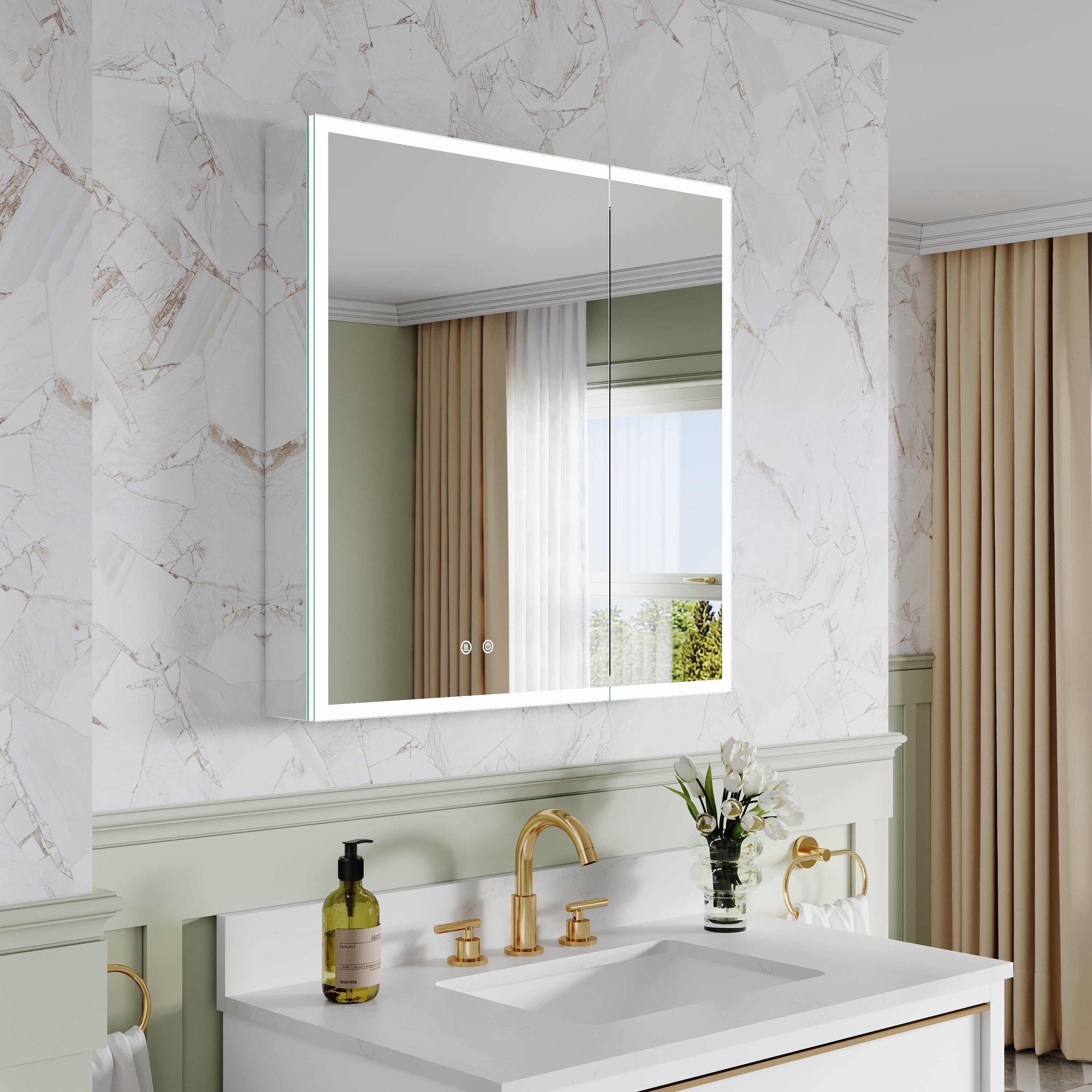
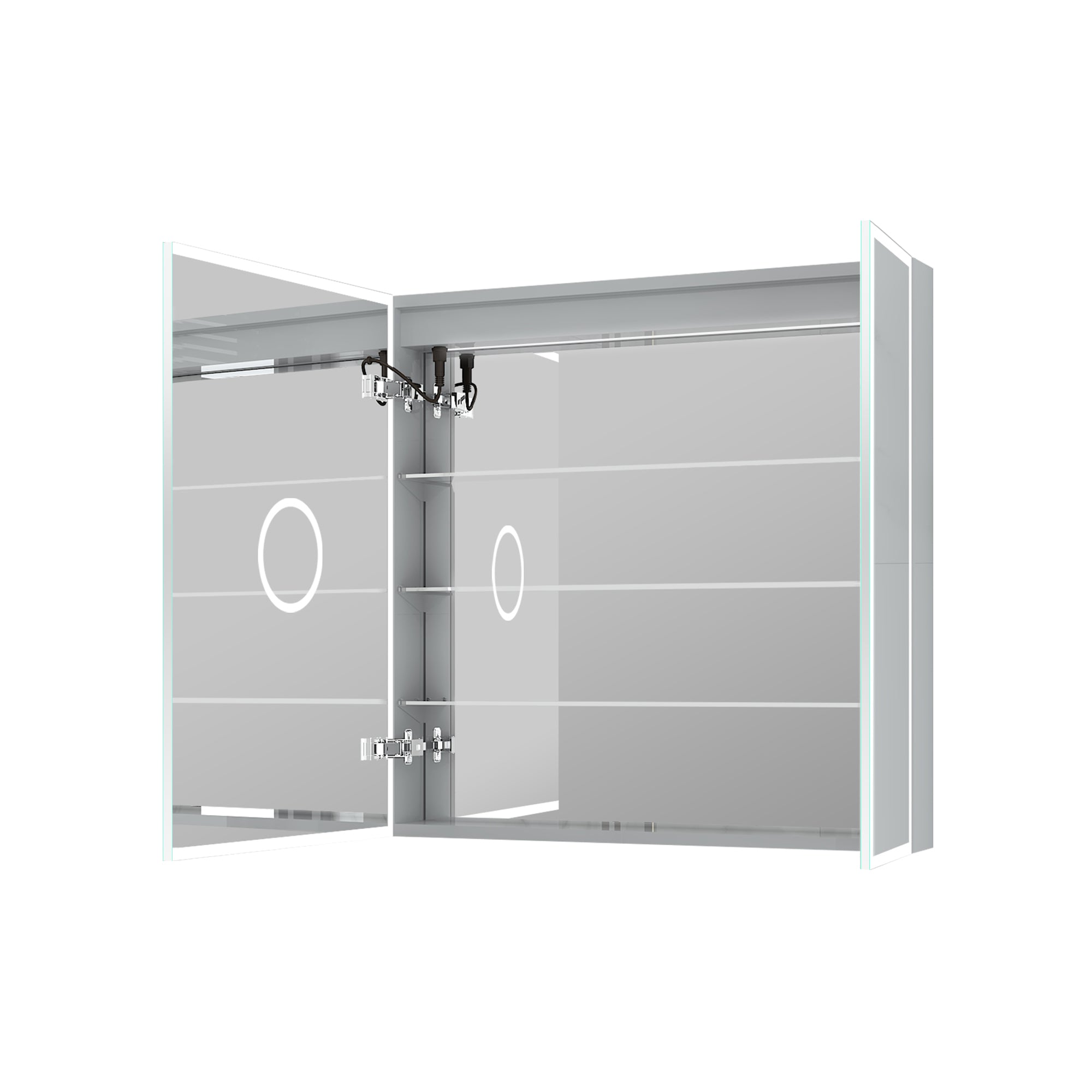
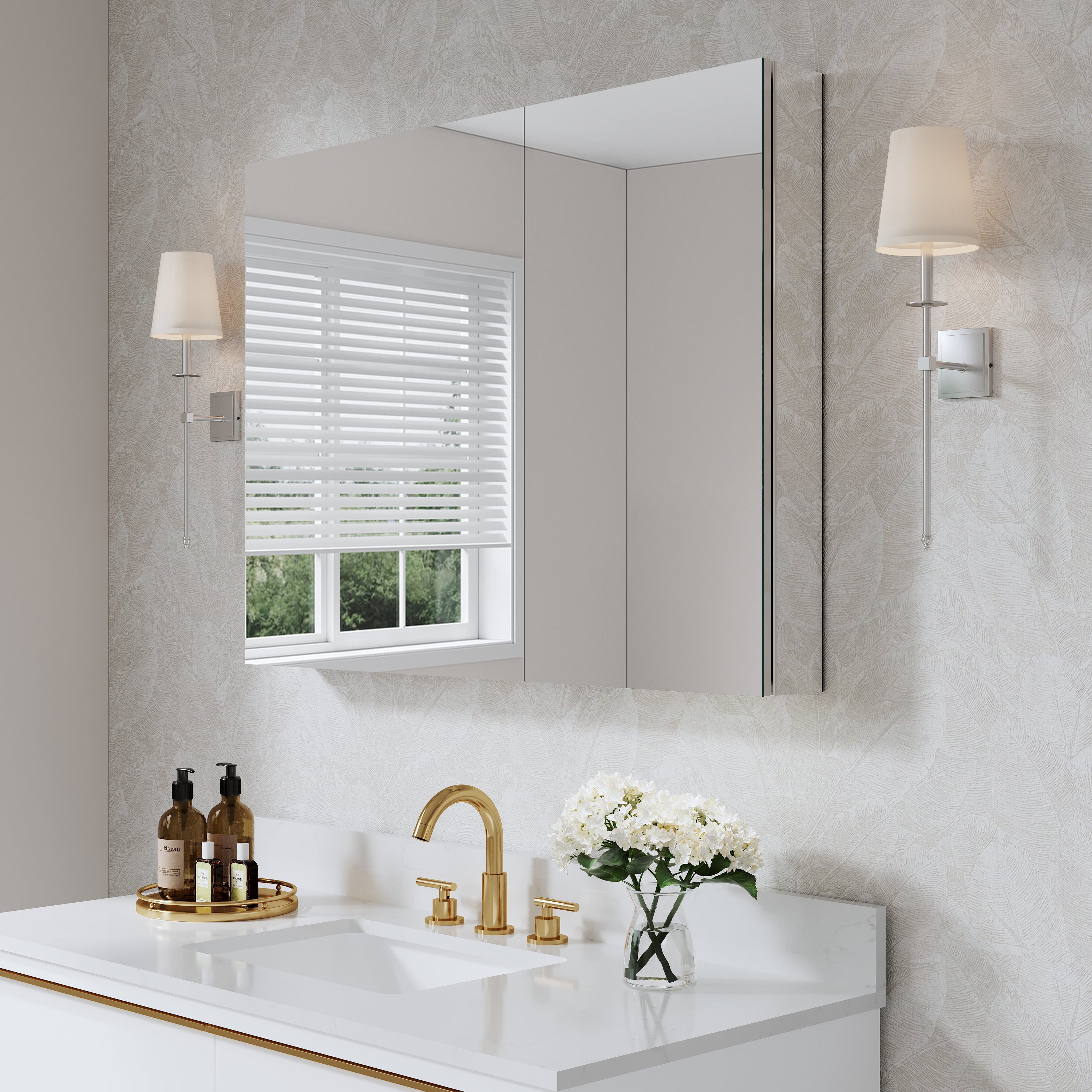

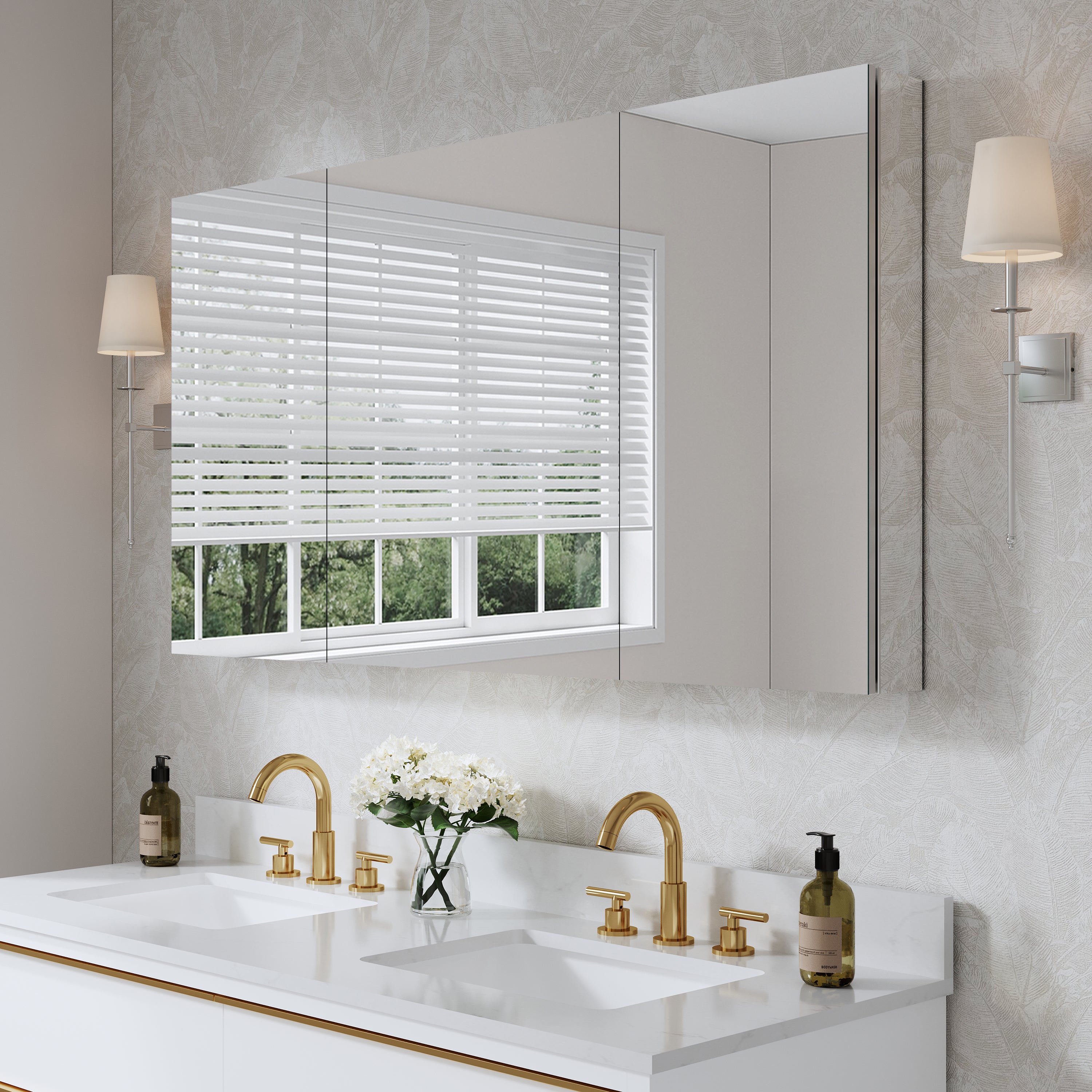

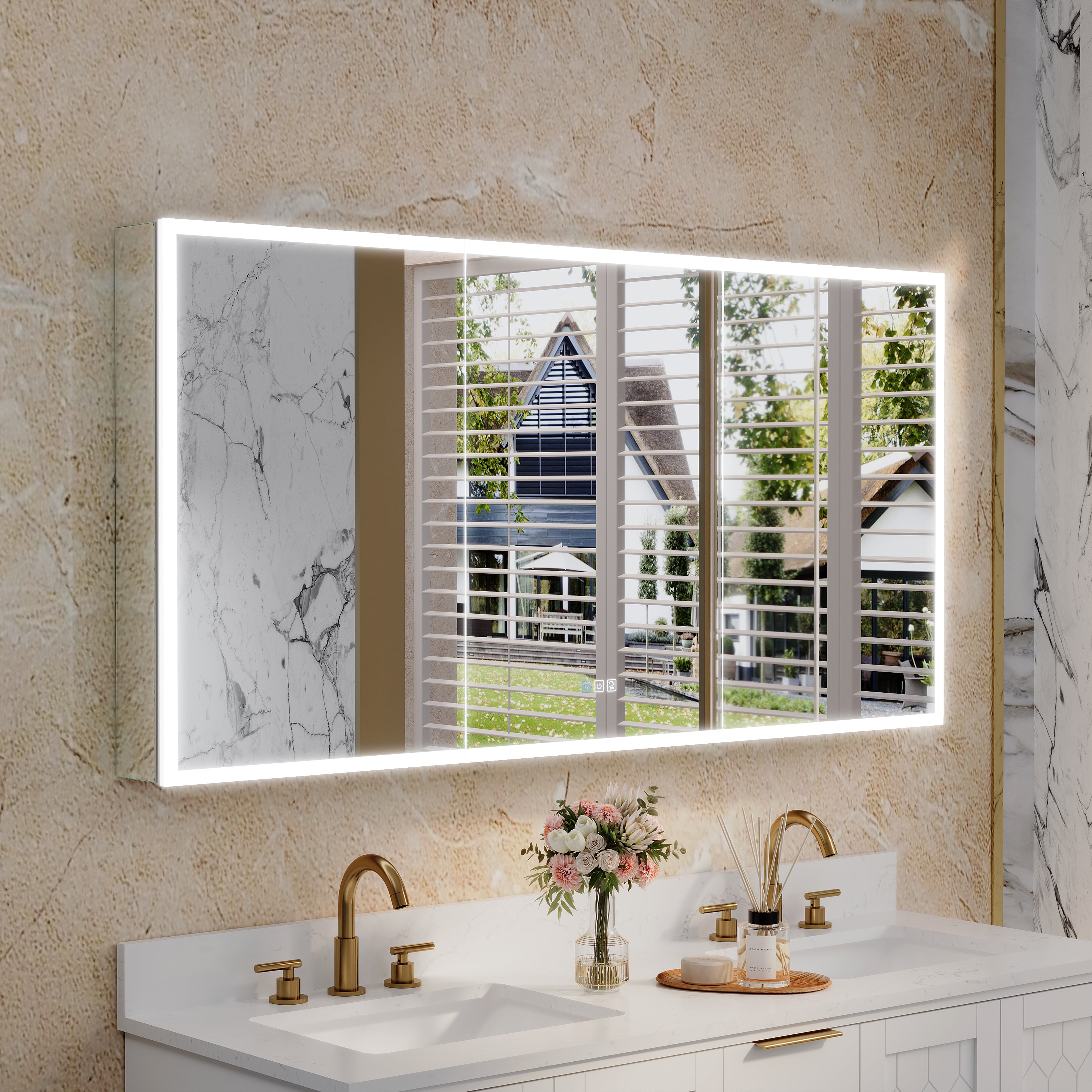

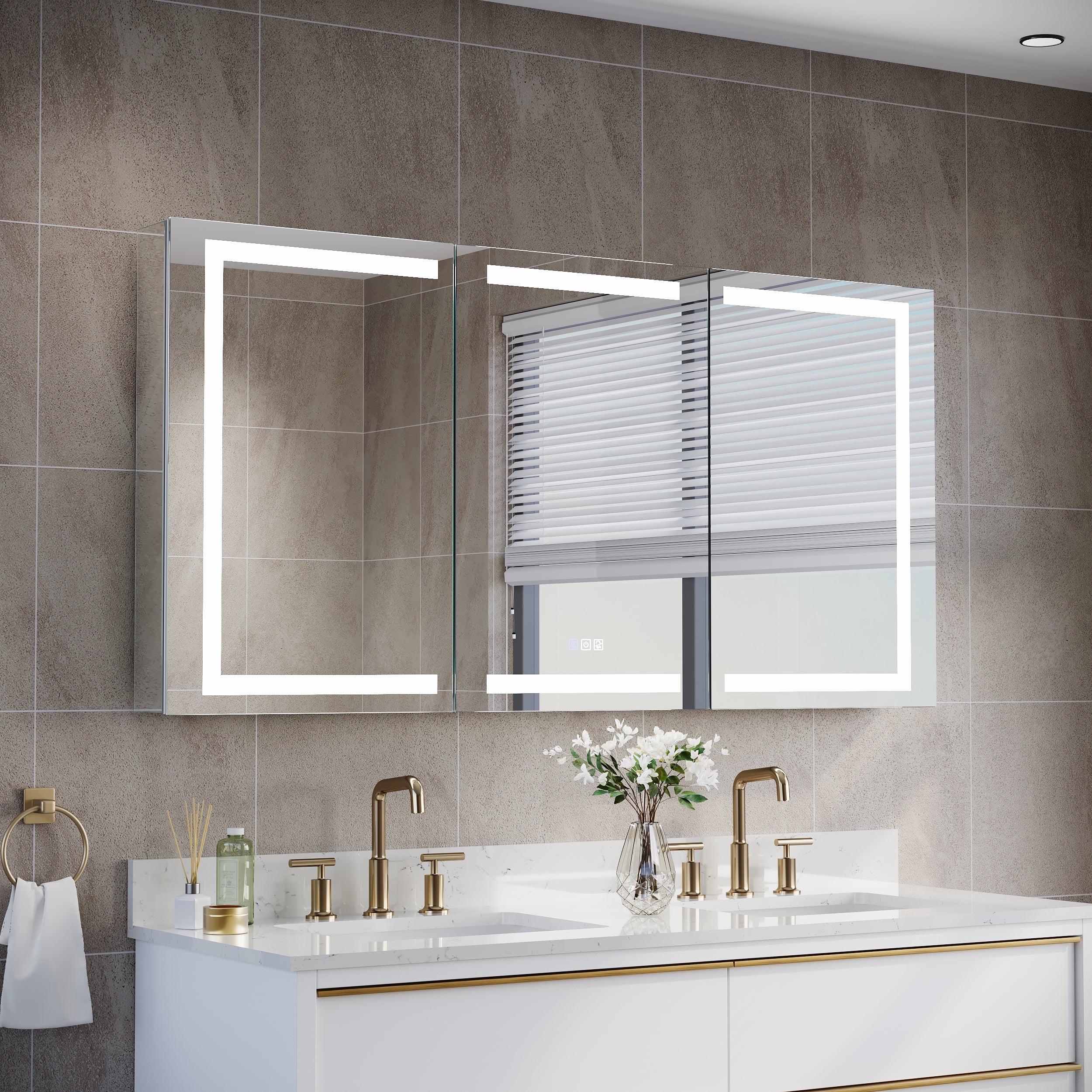


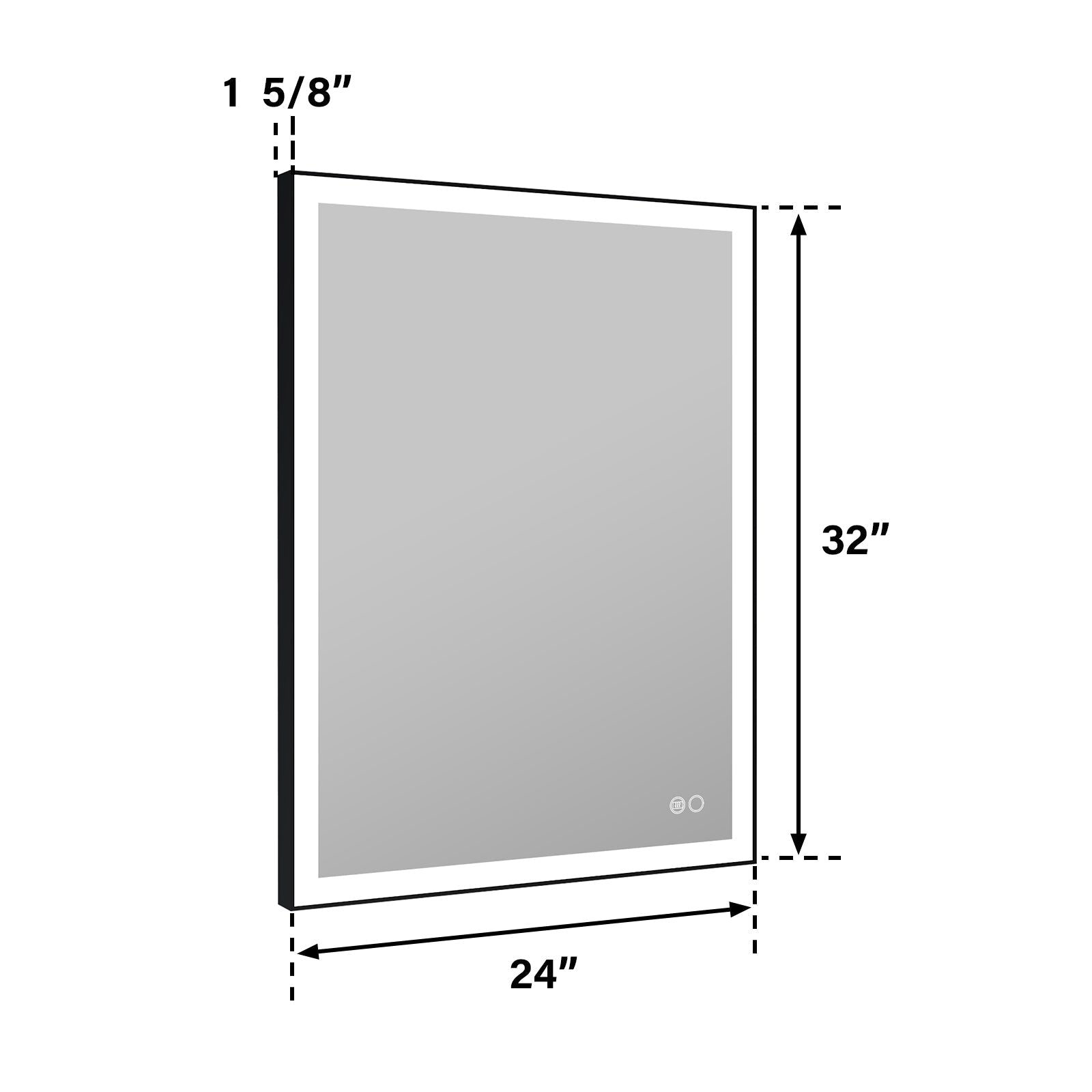
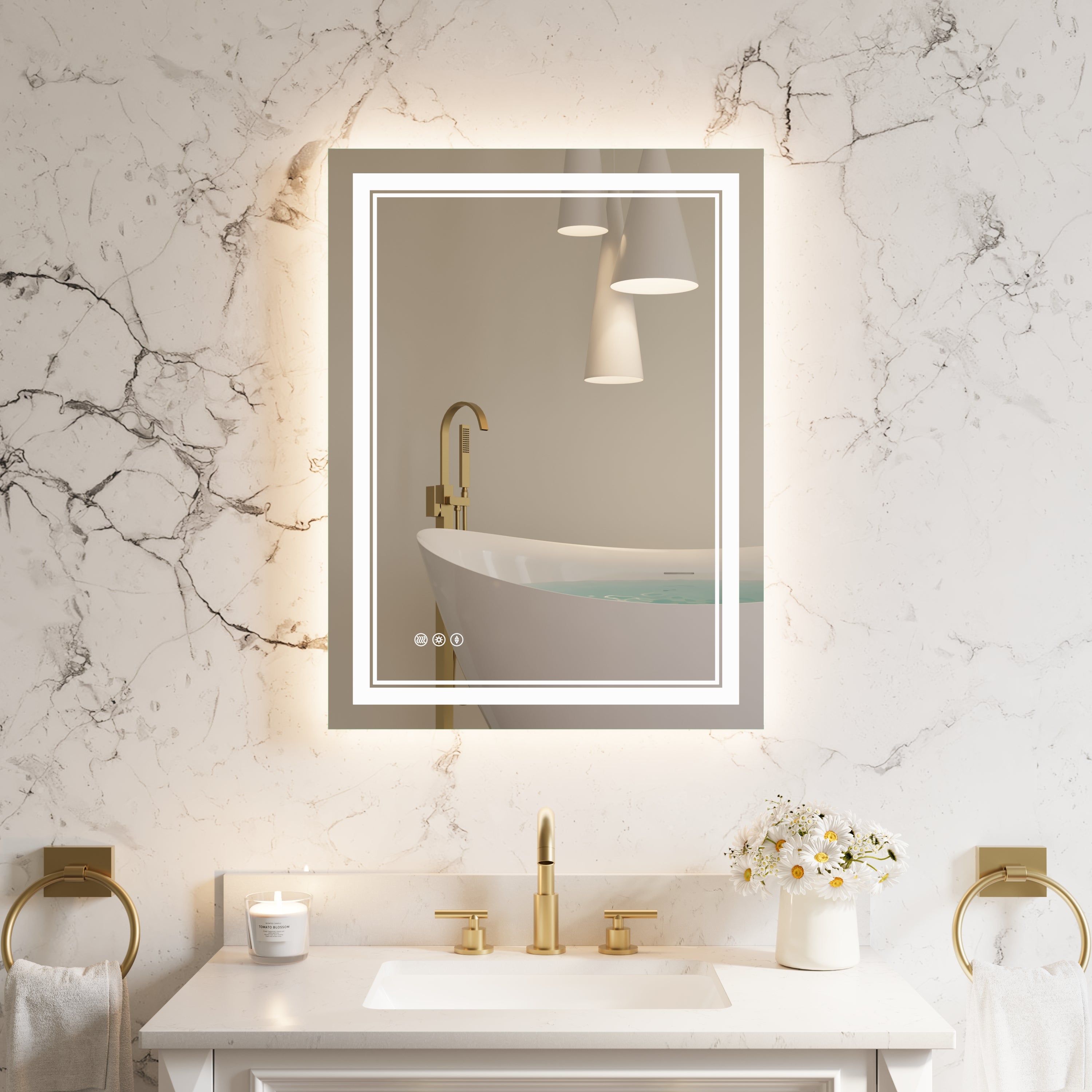
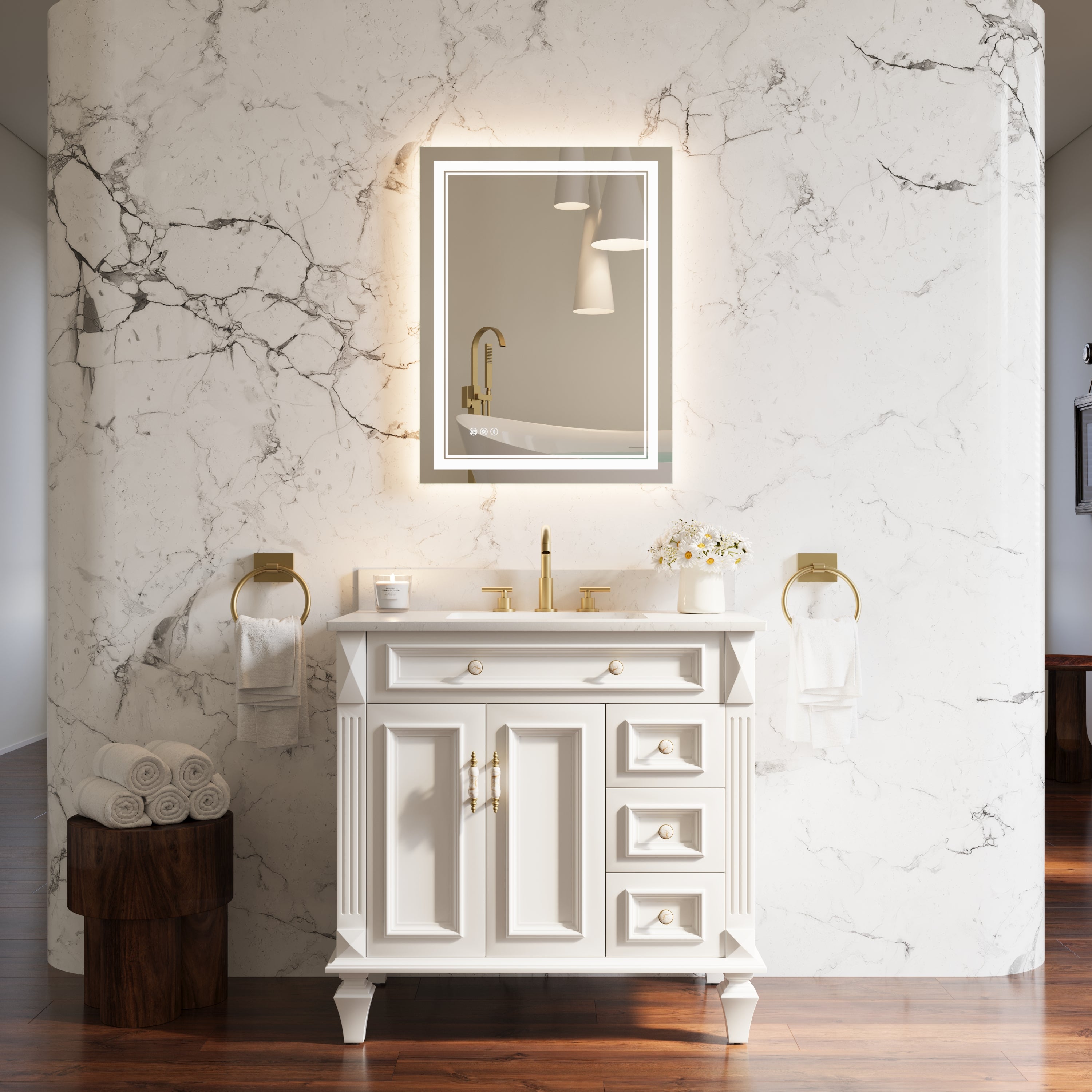
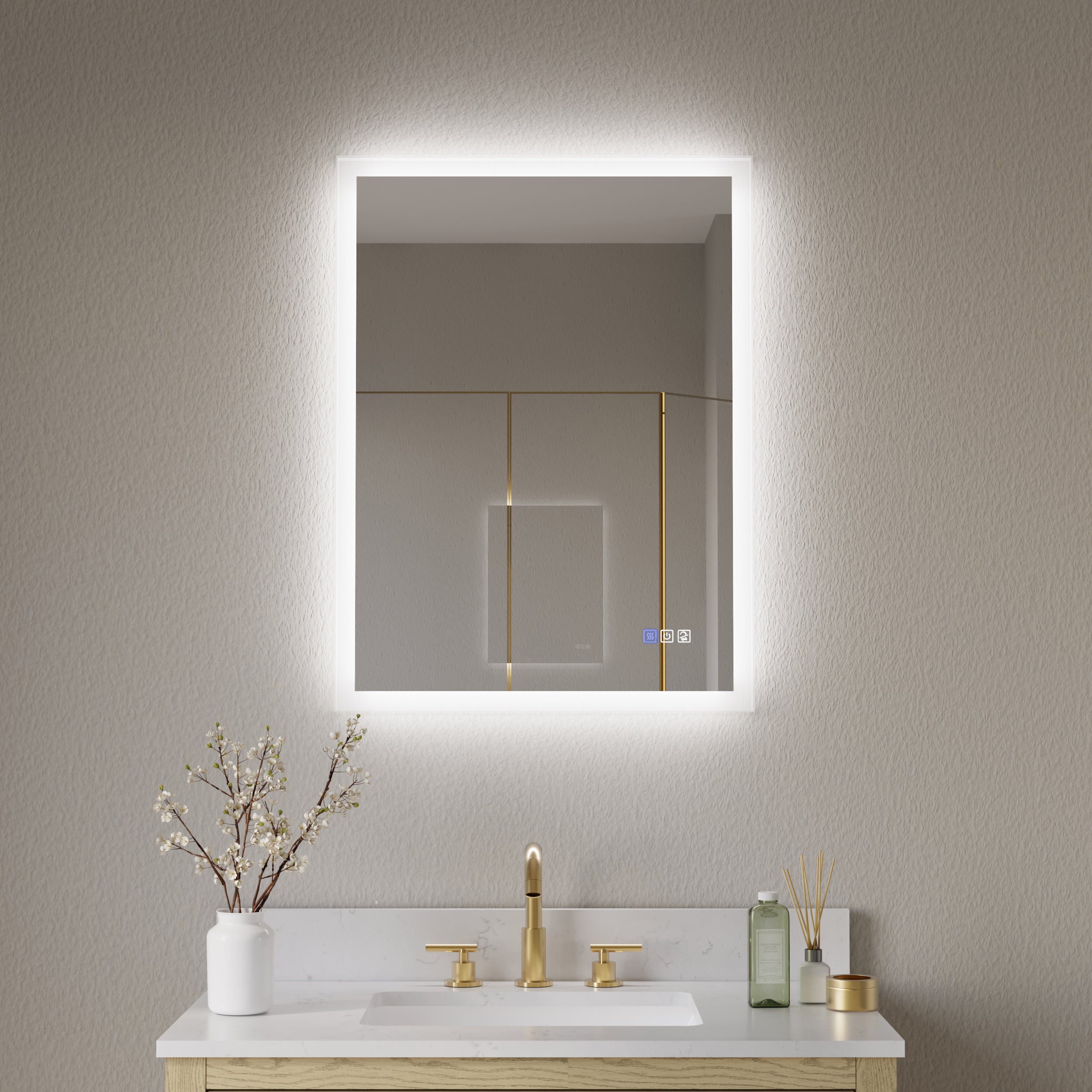

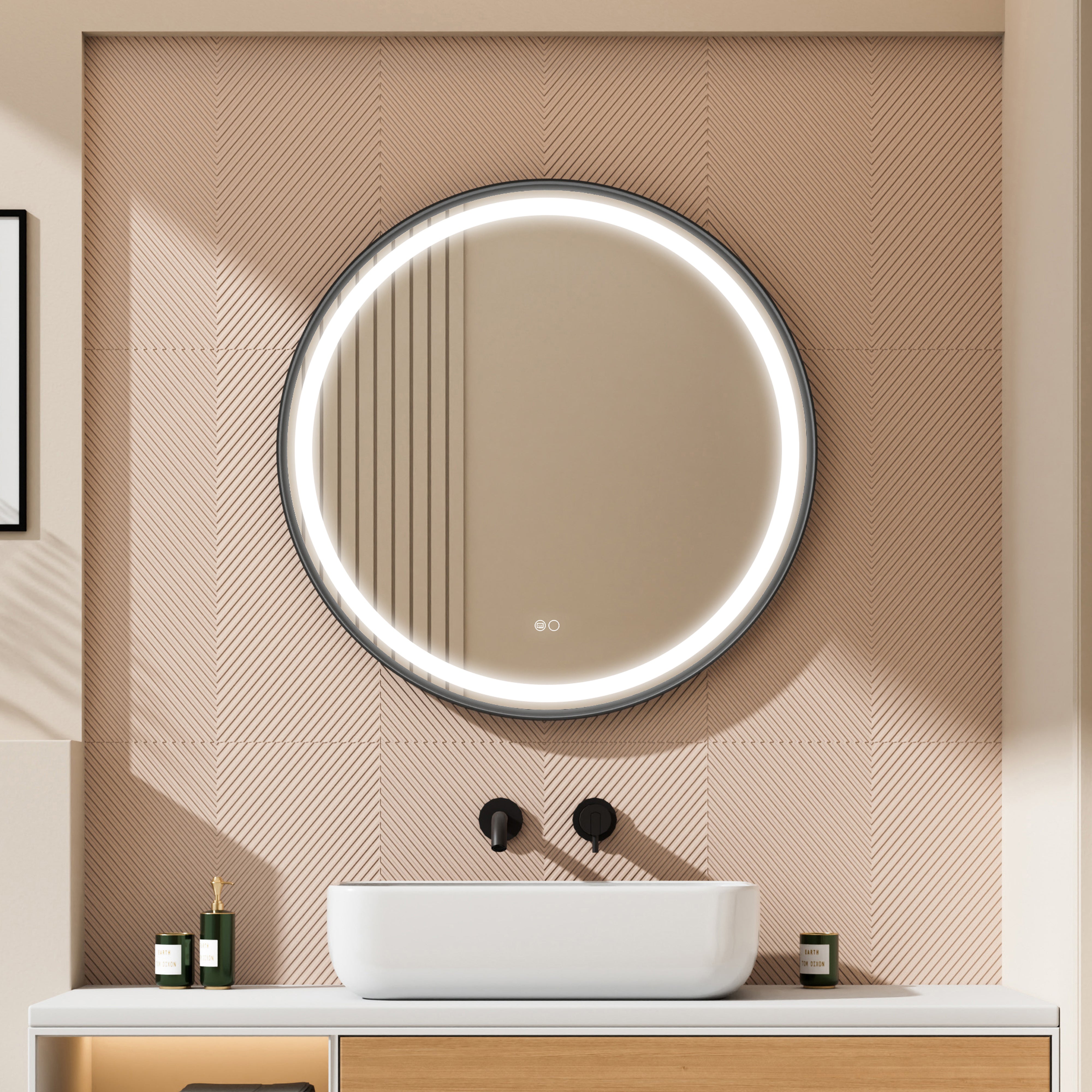
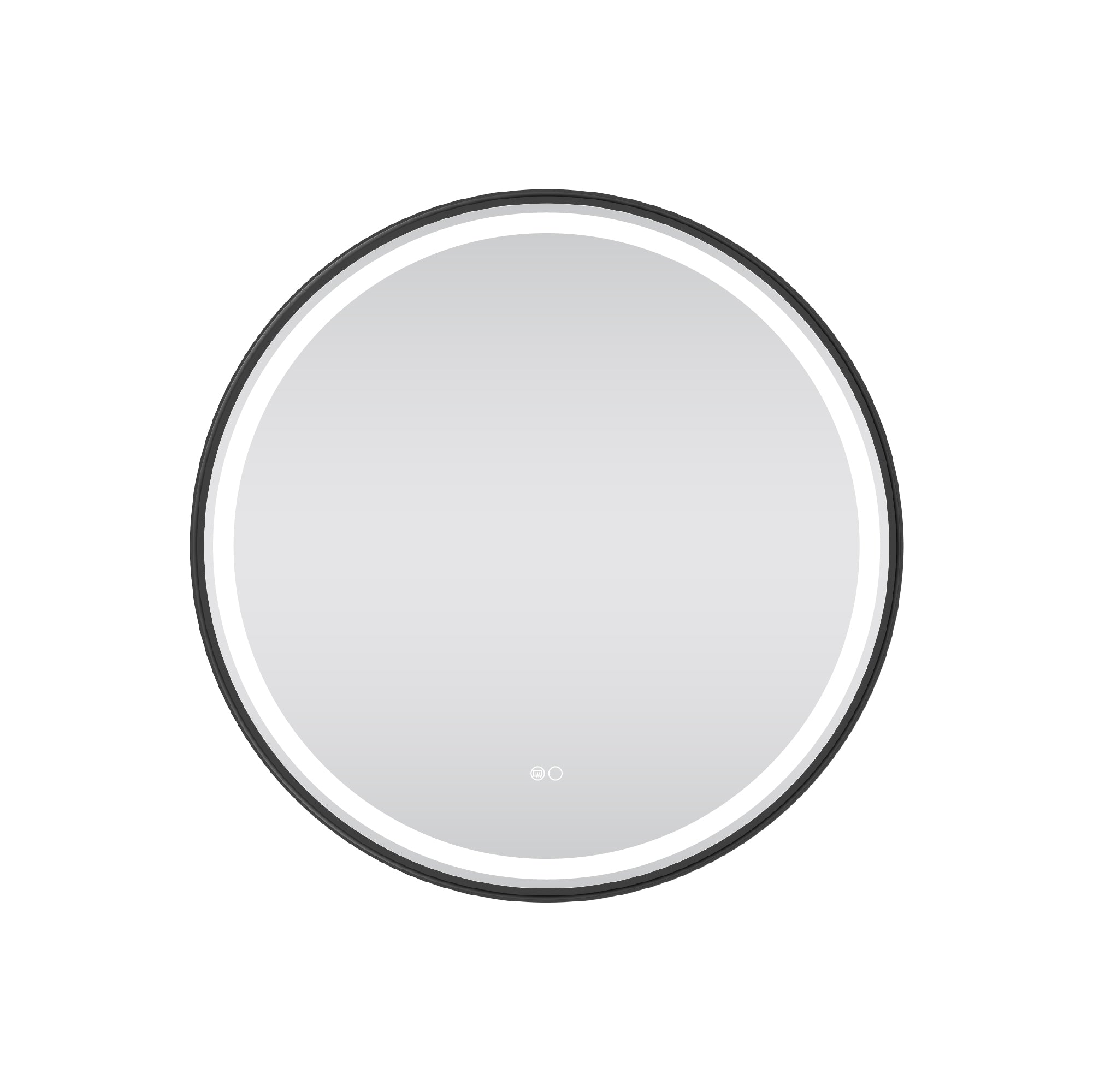


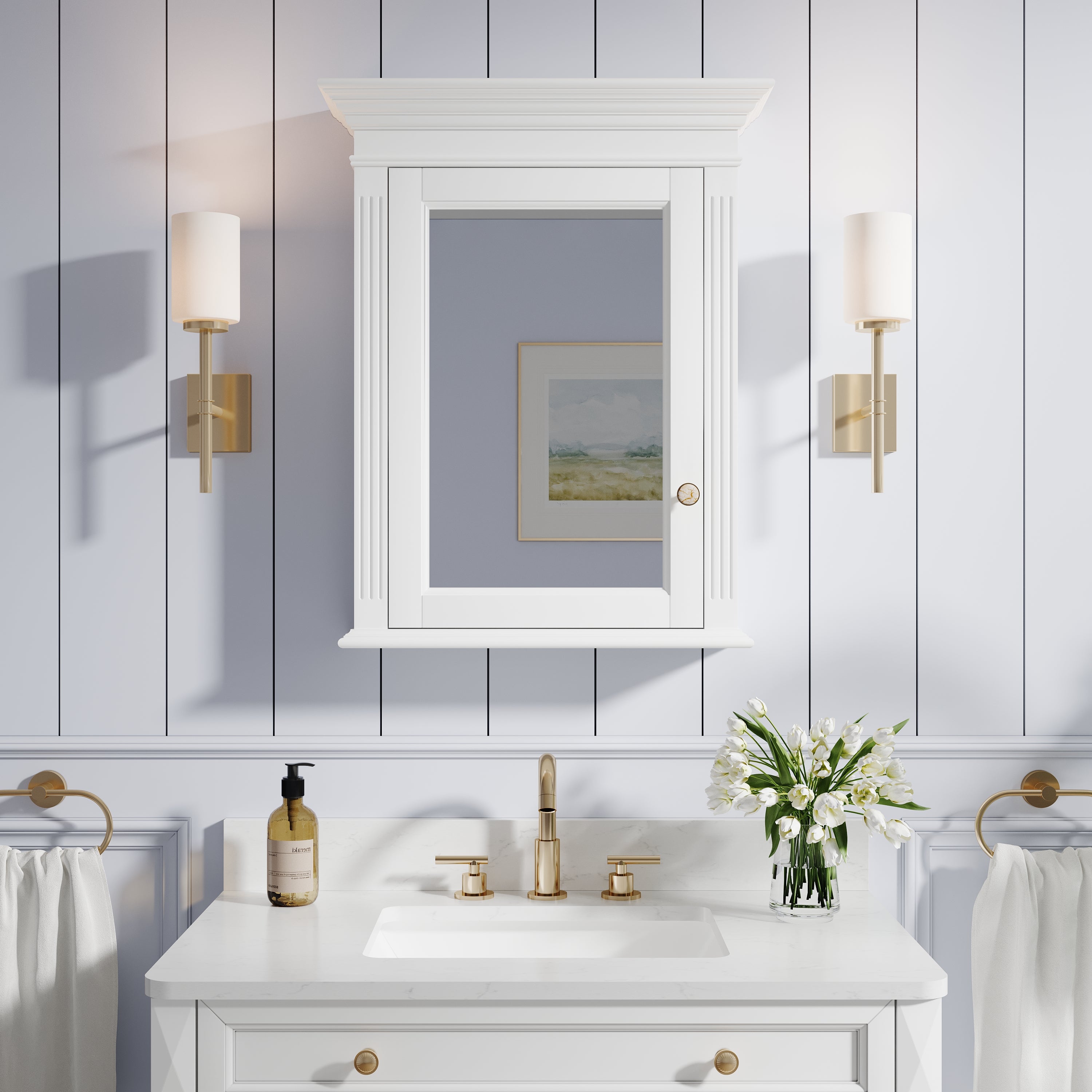
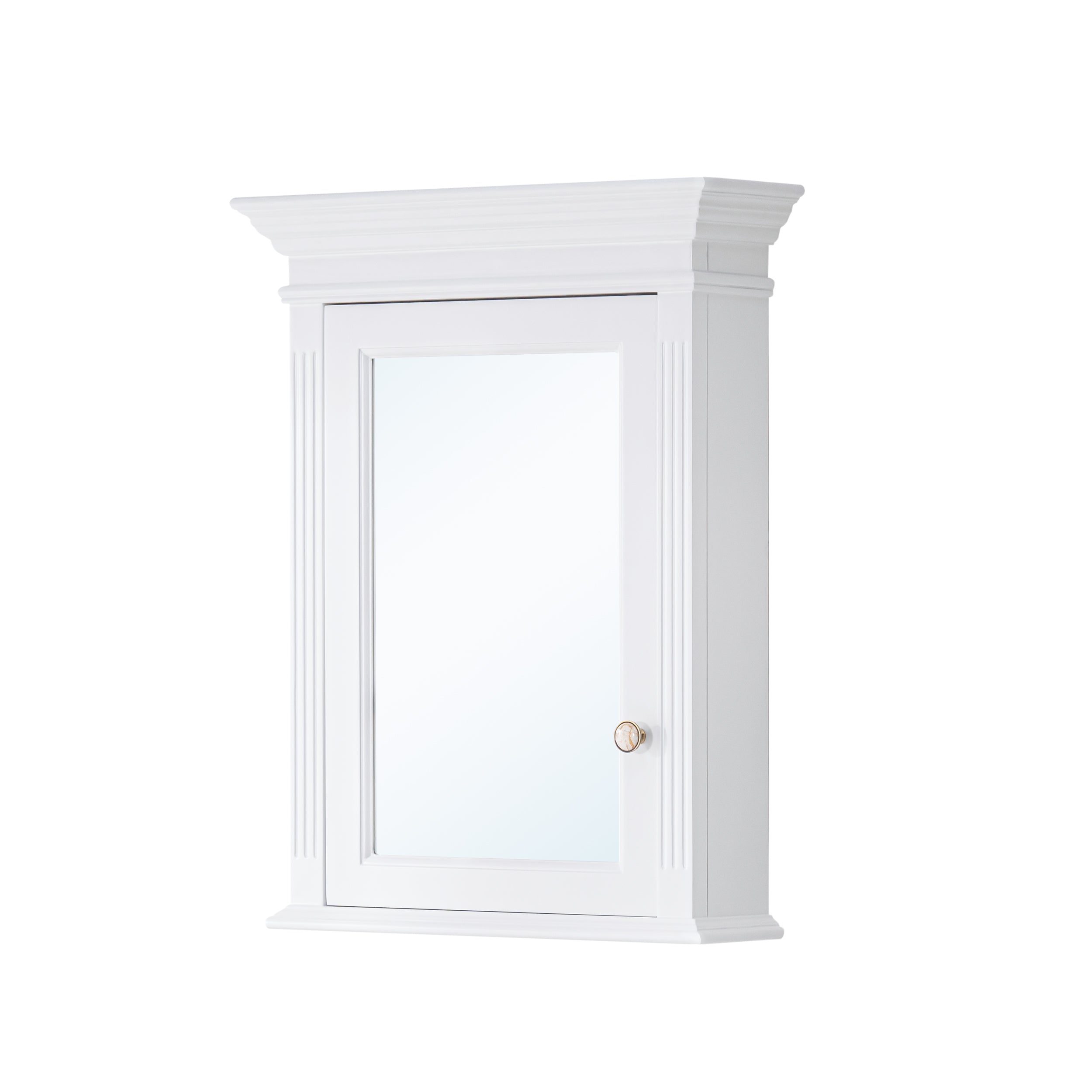
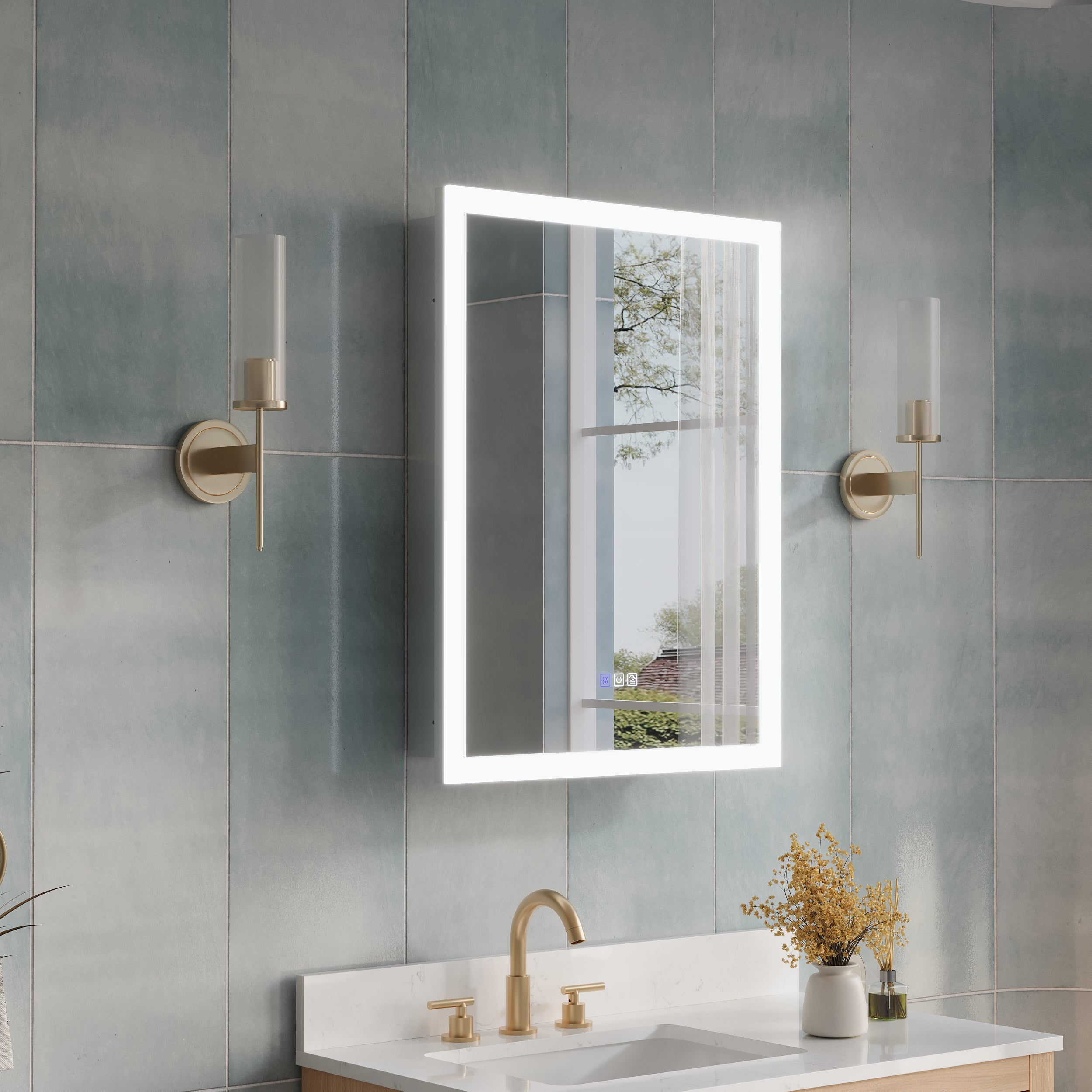
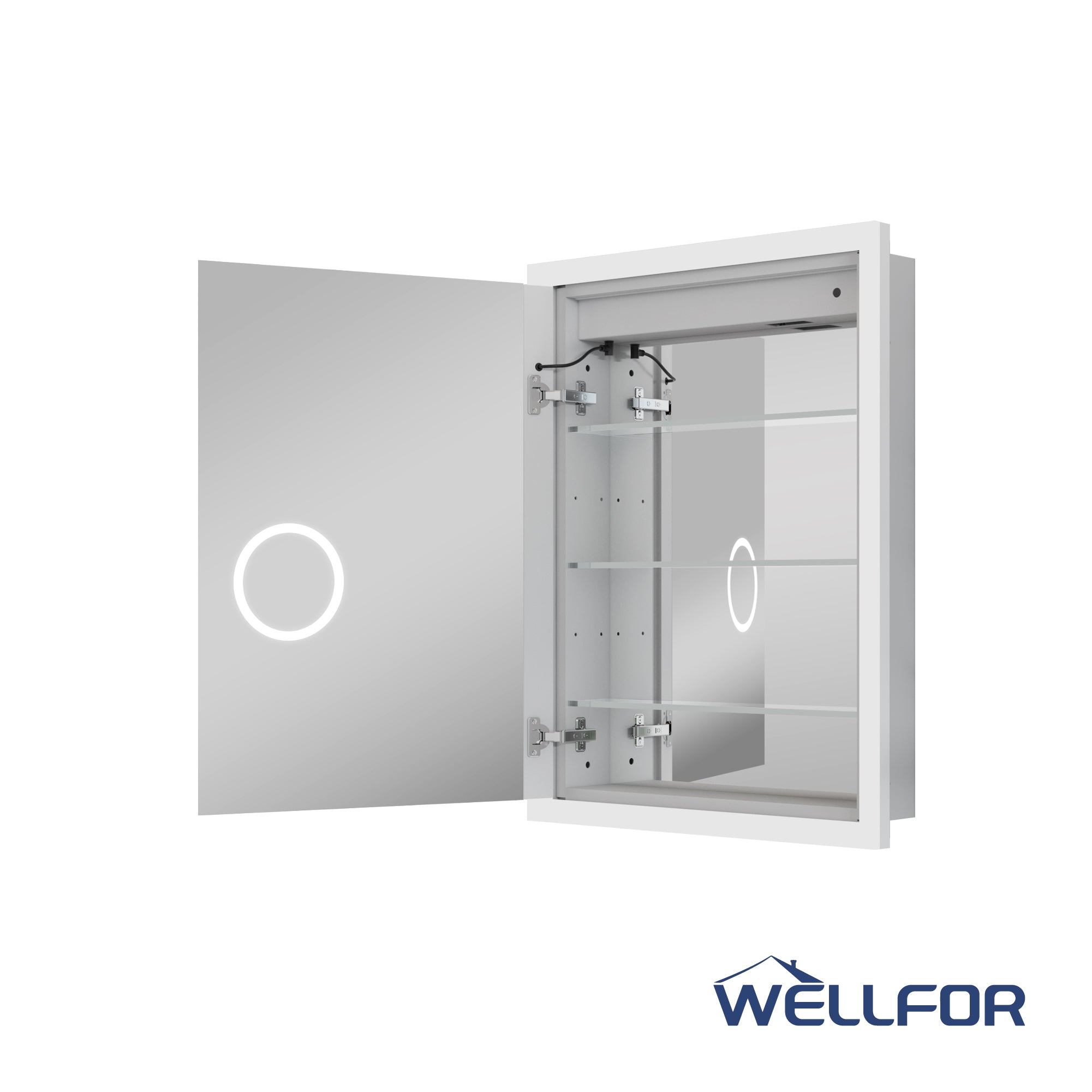
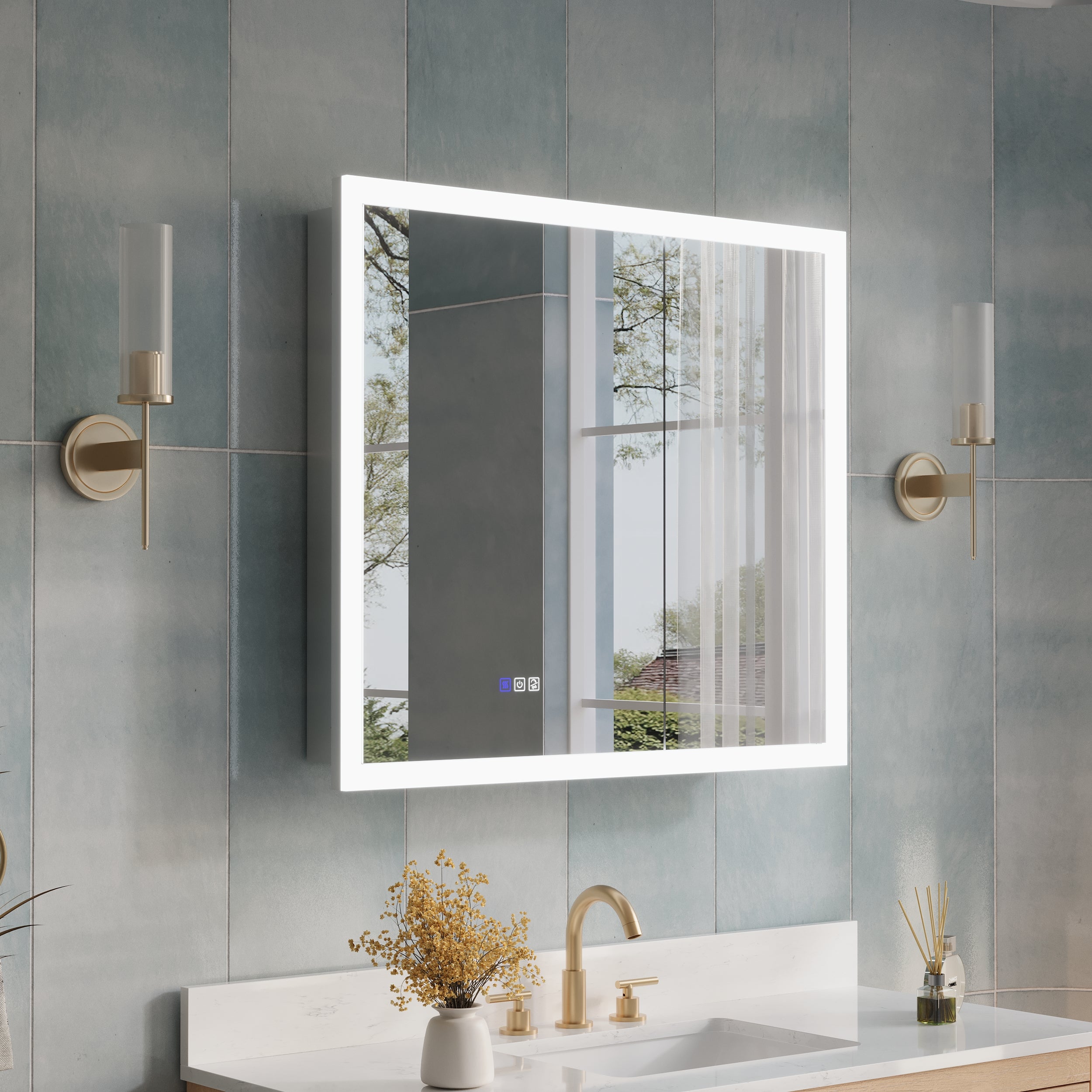




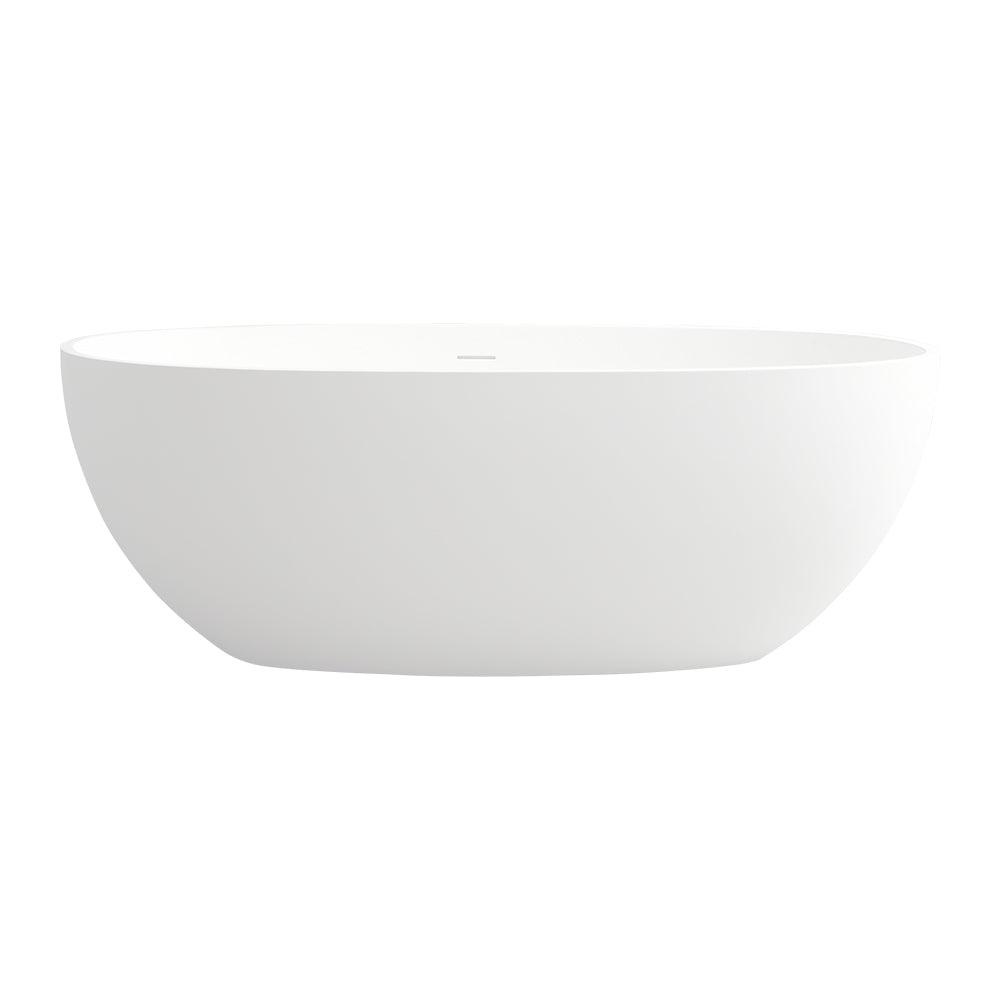
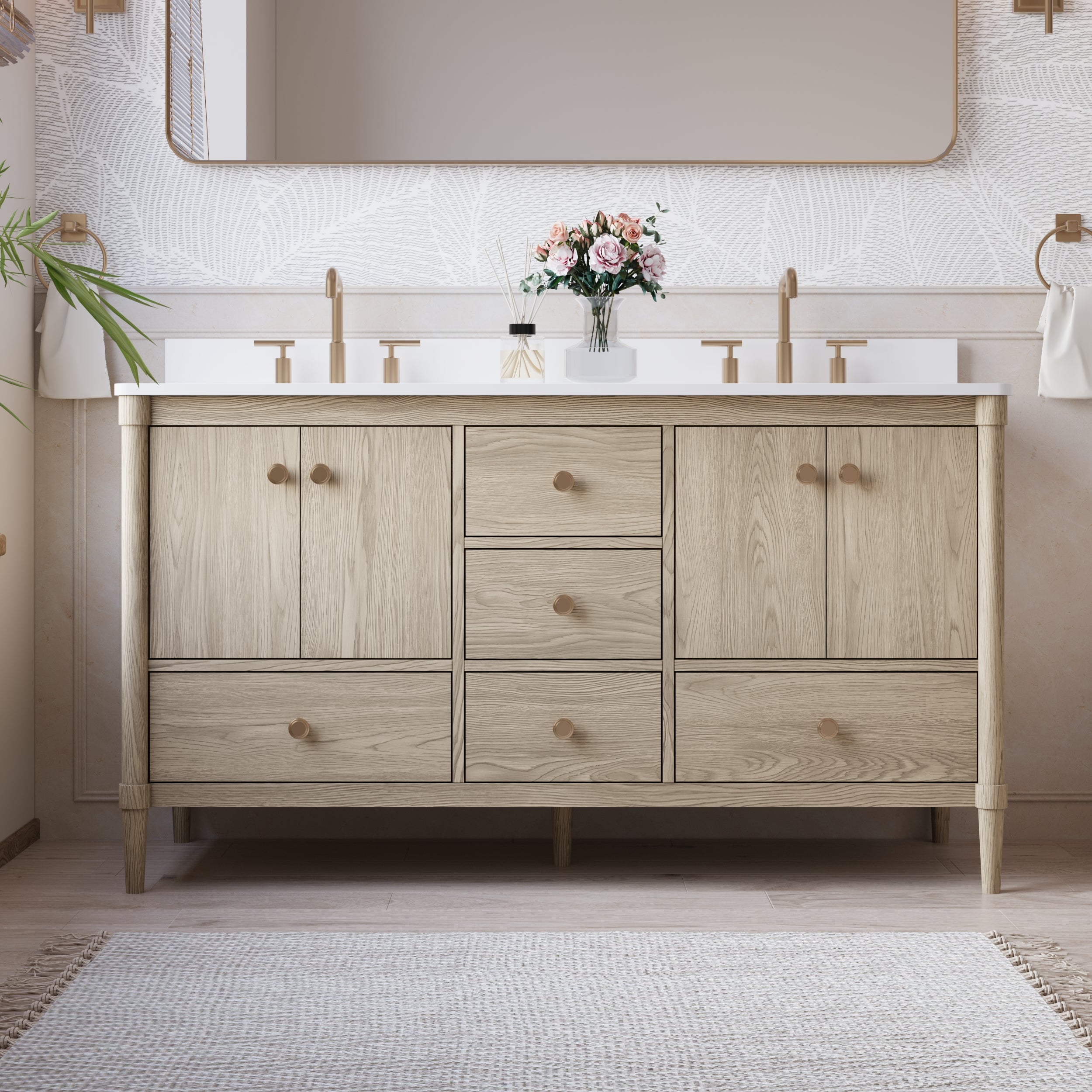
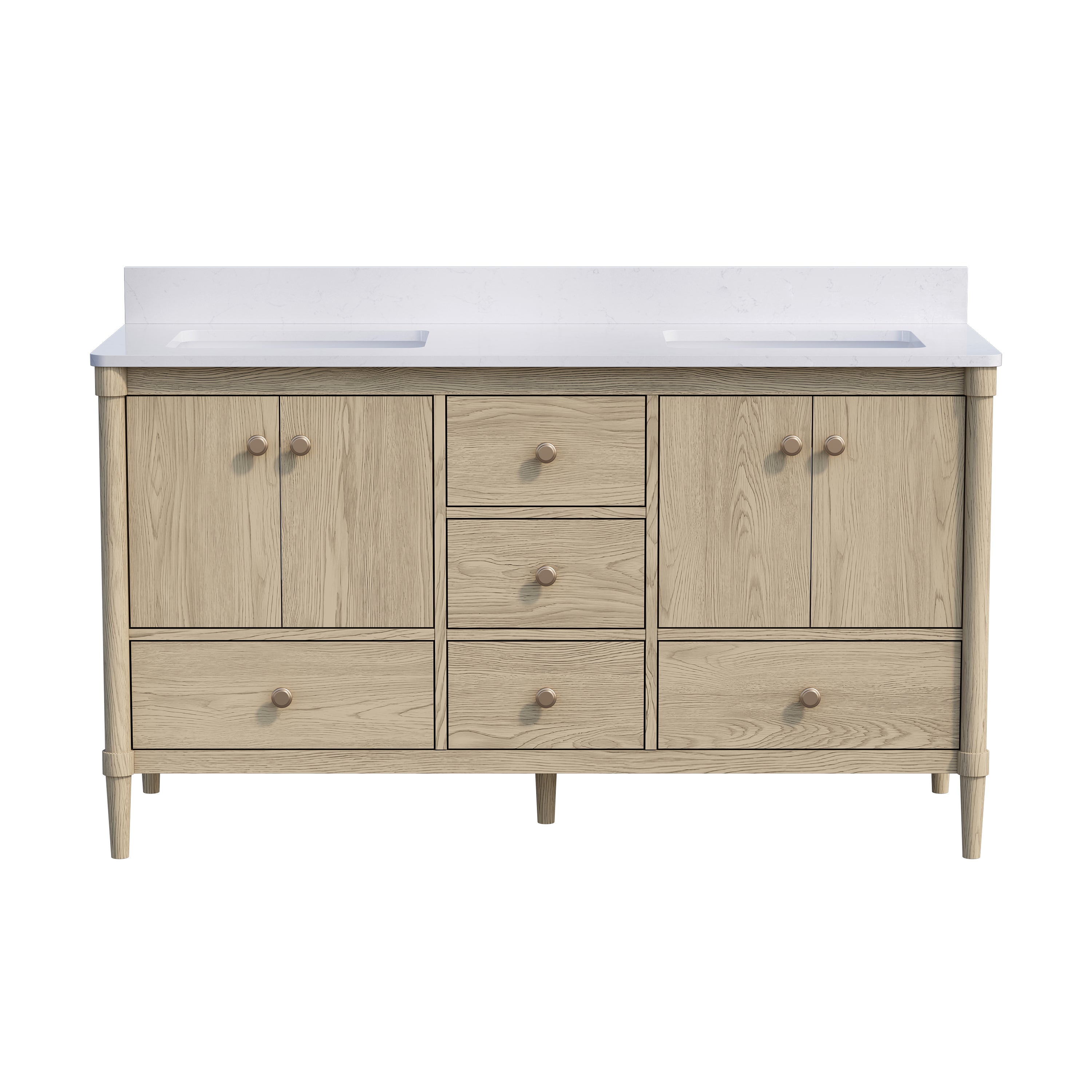
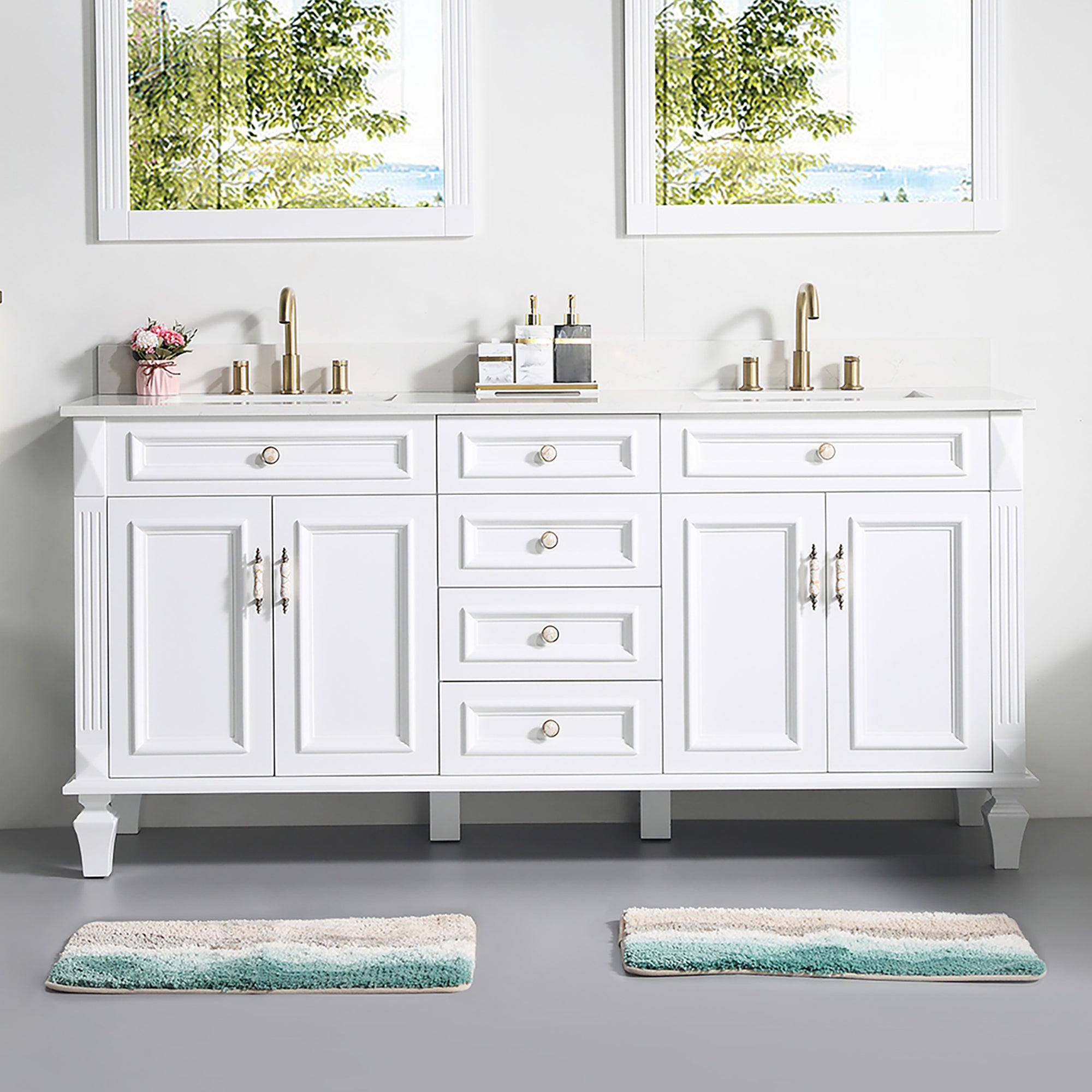

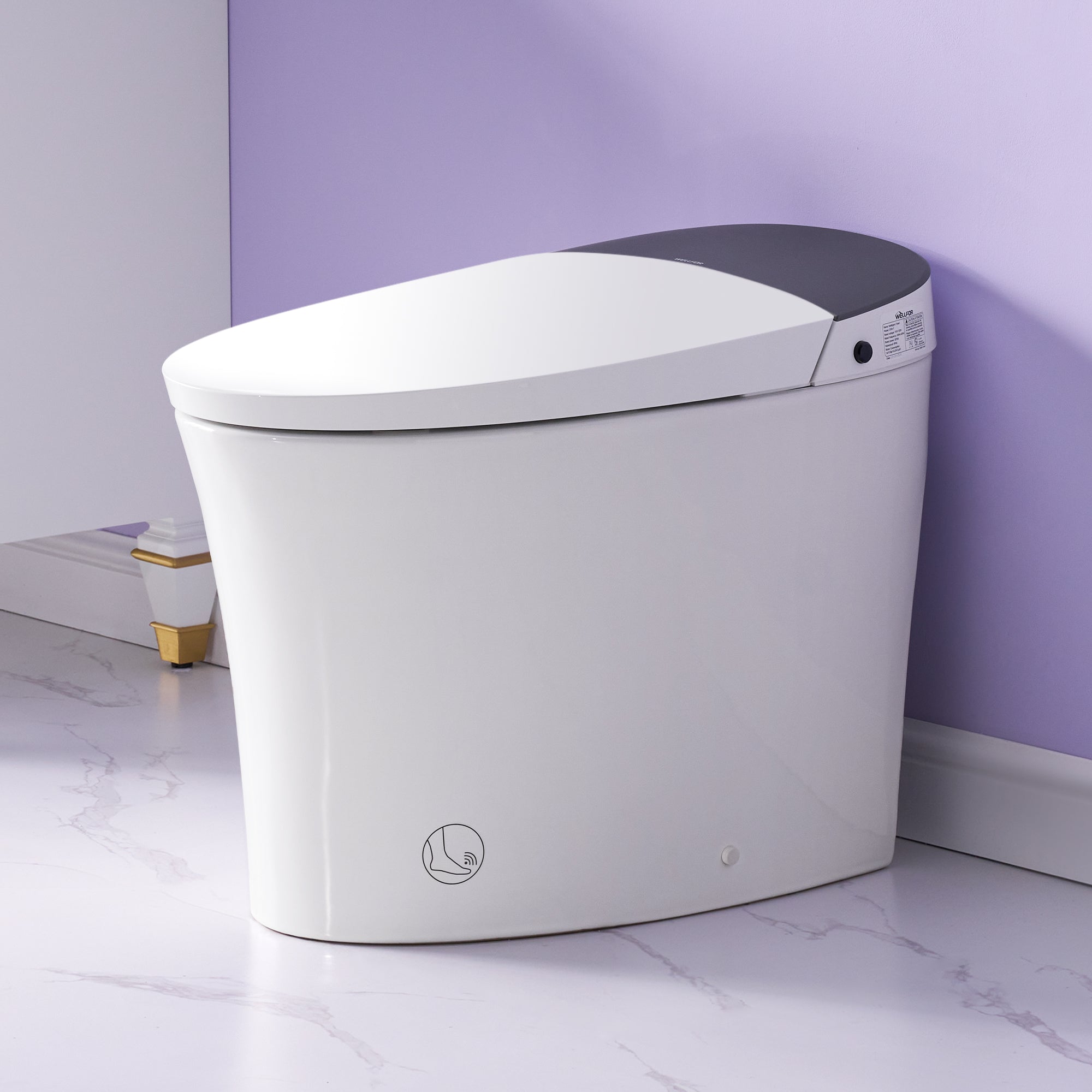
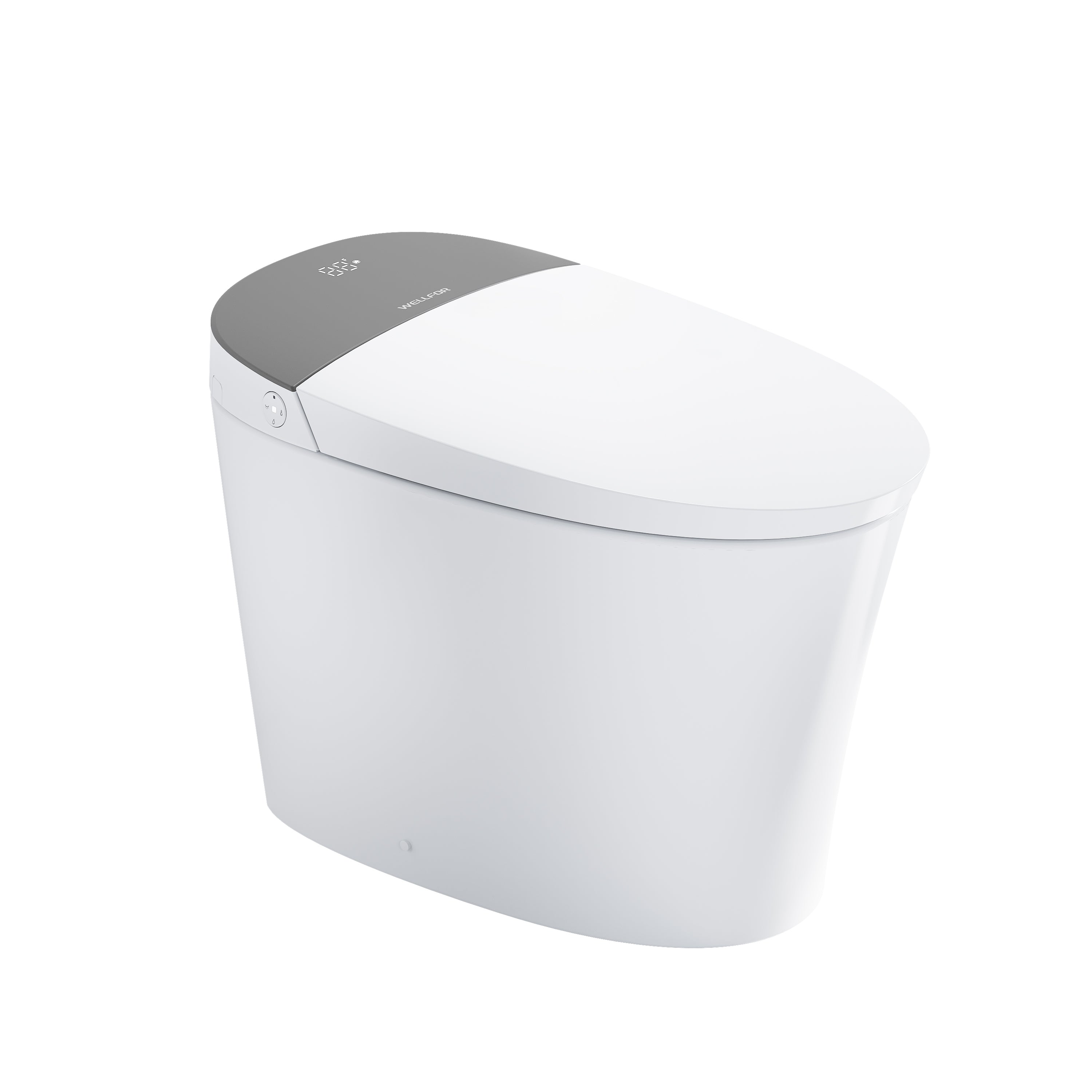

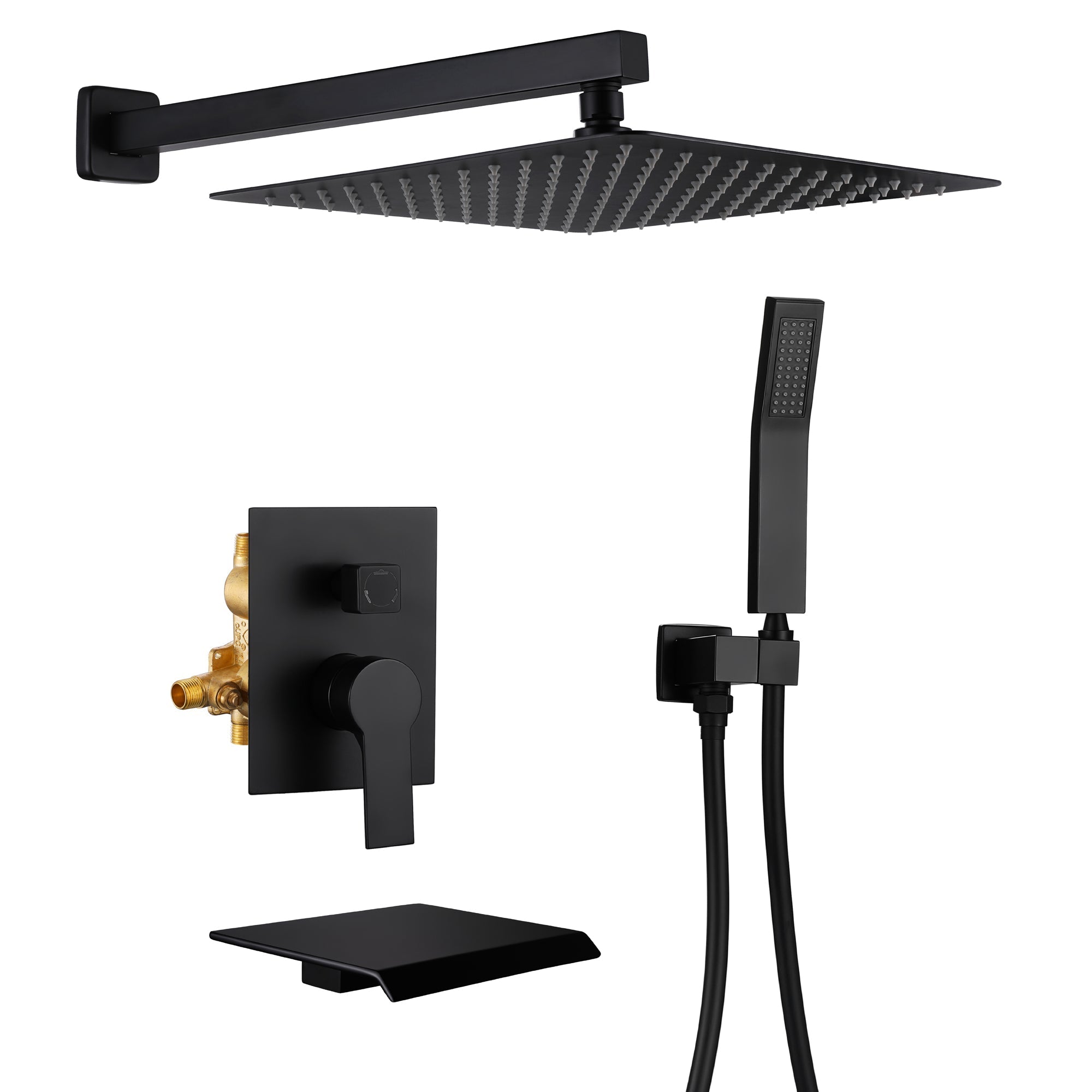
Leave a comment
This site is protected by hCaptcha and the hCaptcha Privacy Policy and Terms of Service apply.